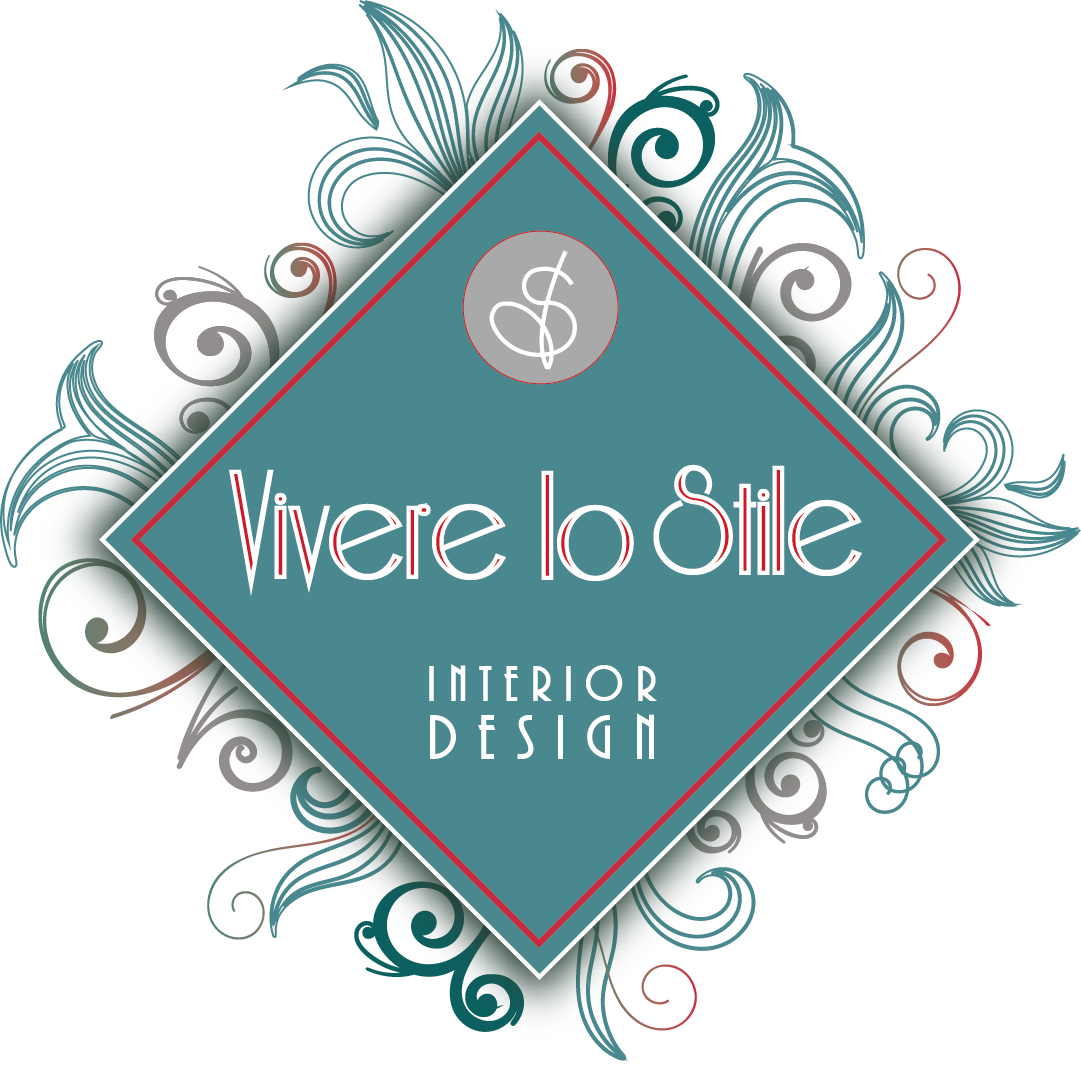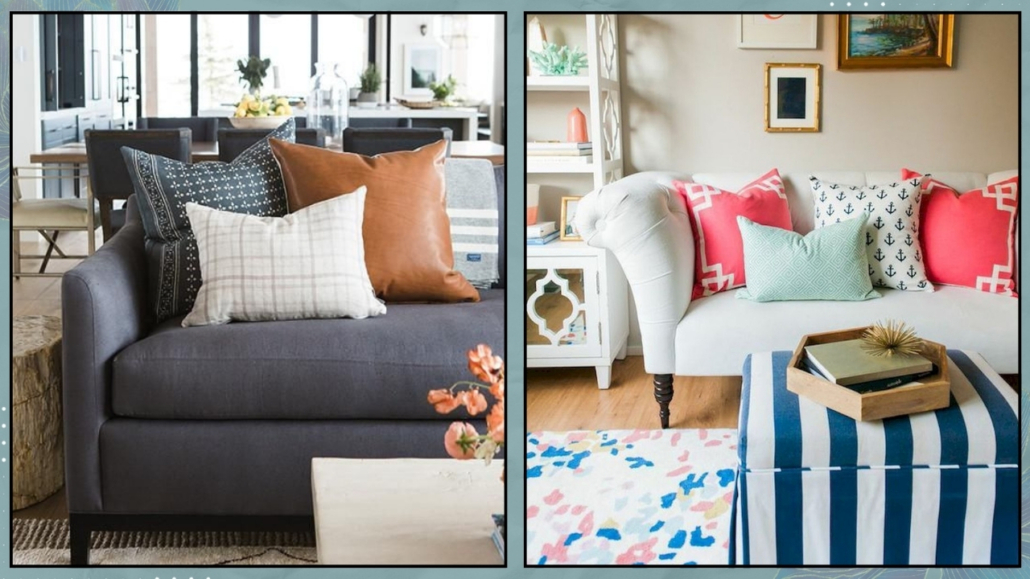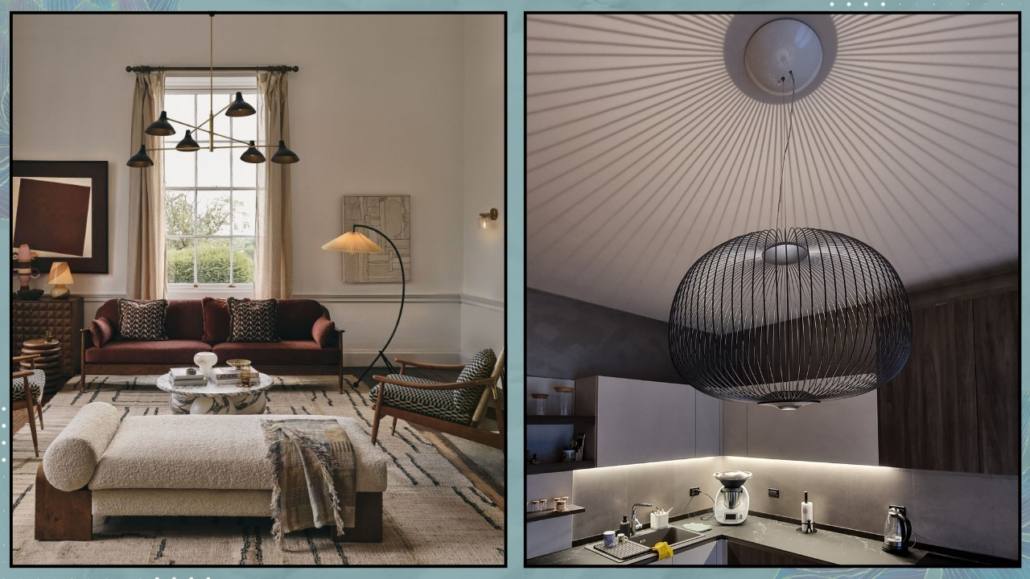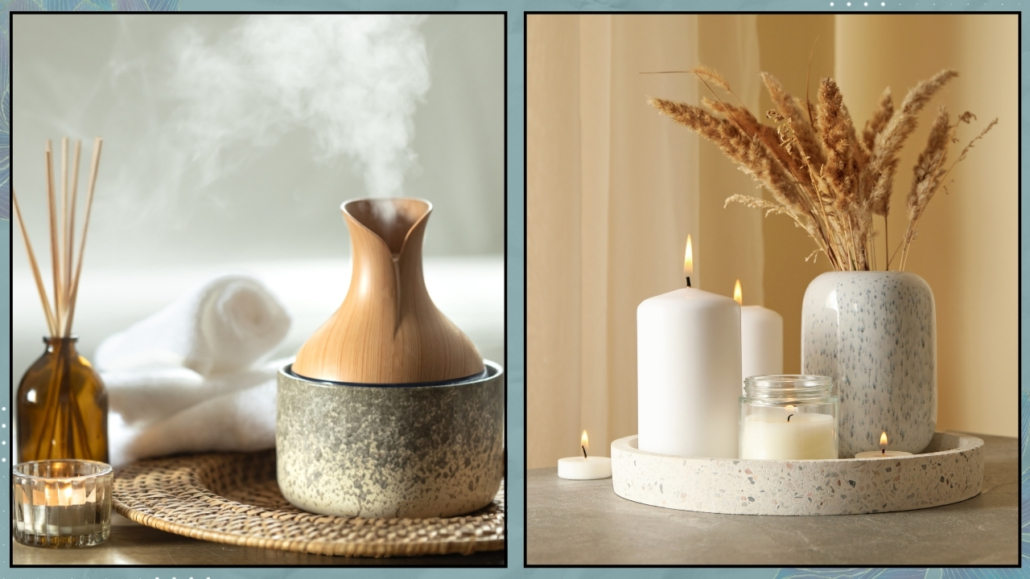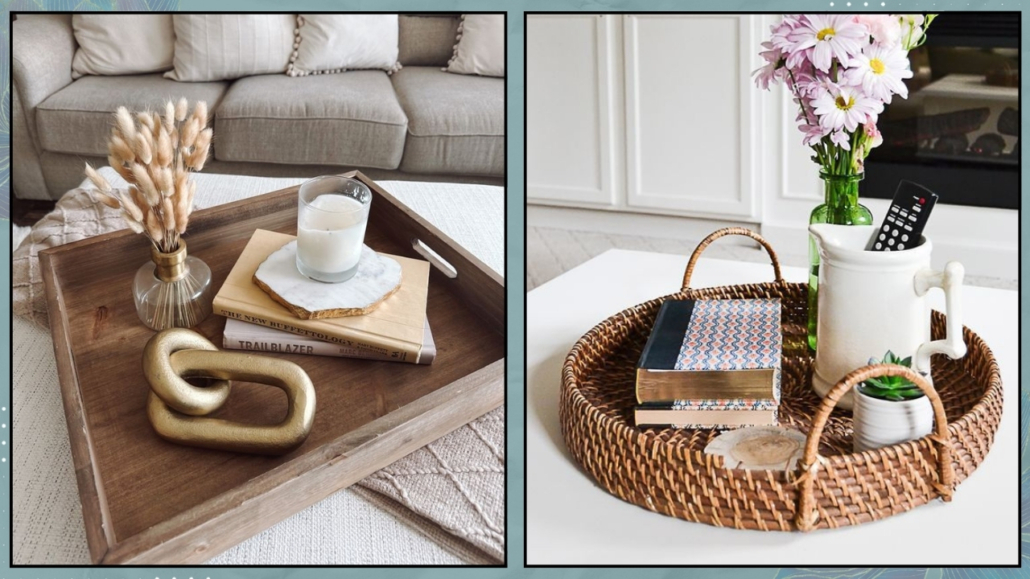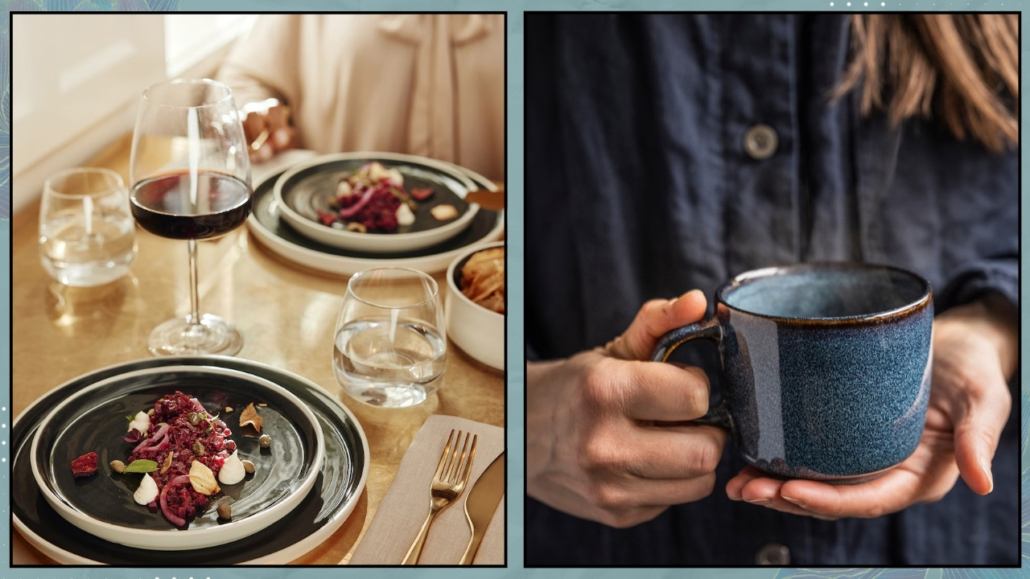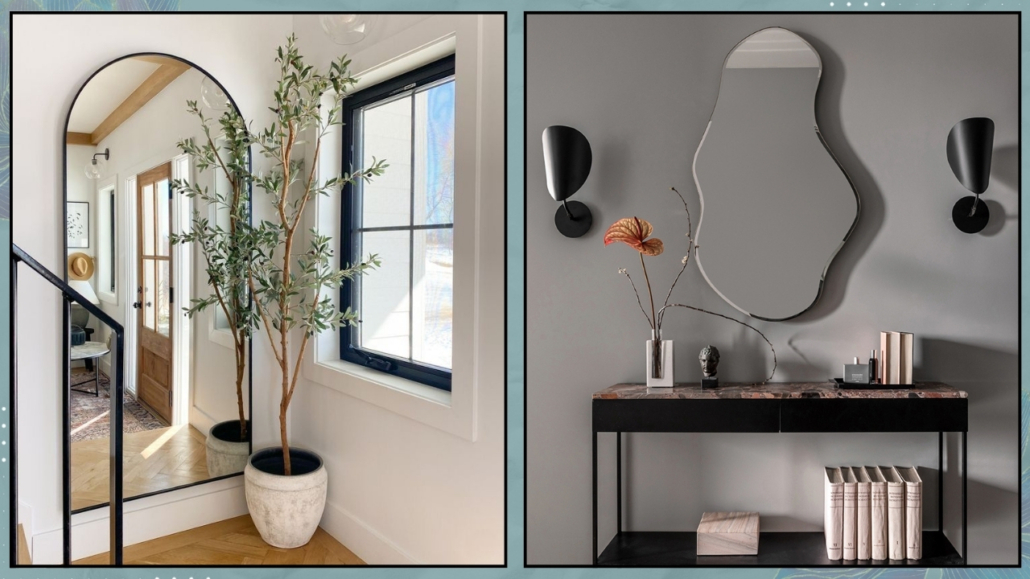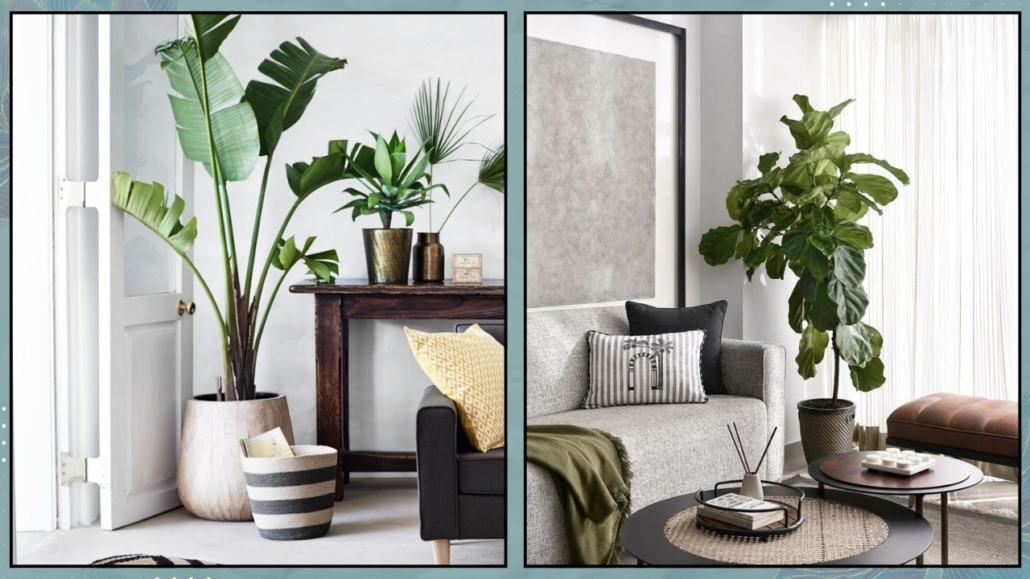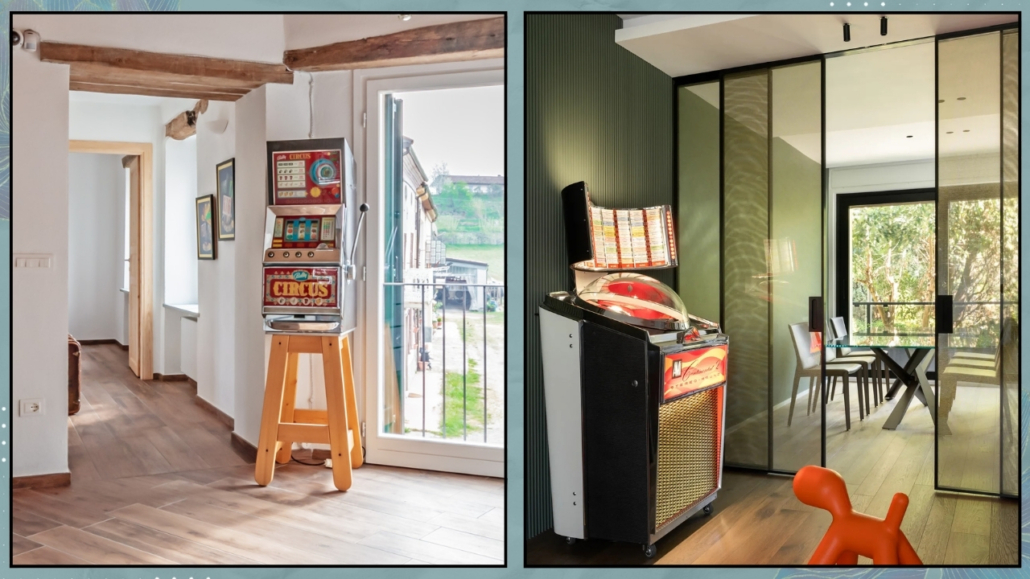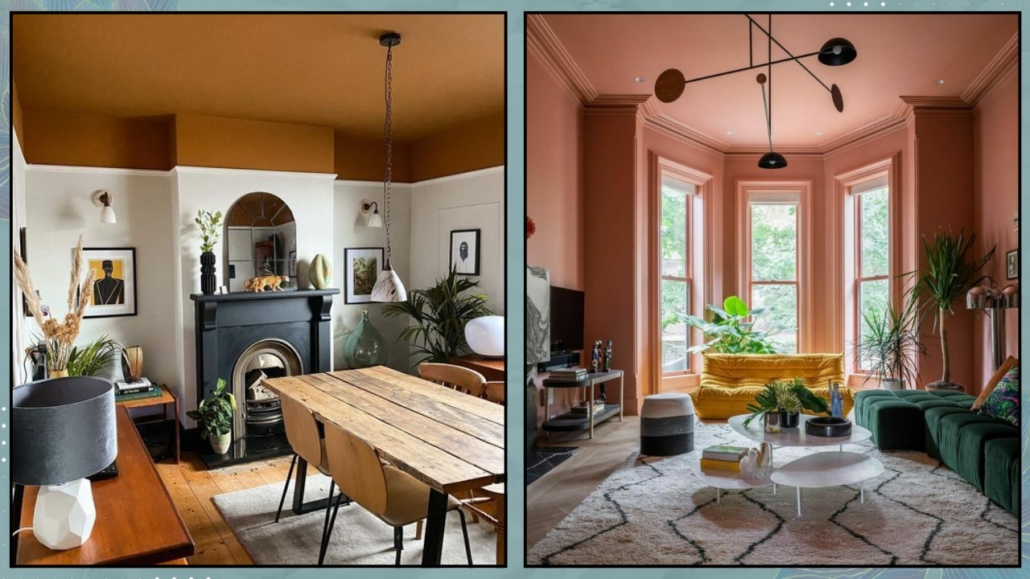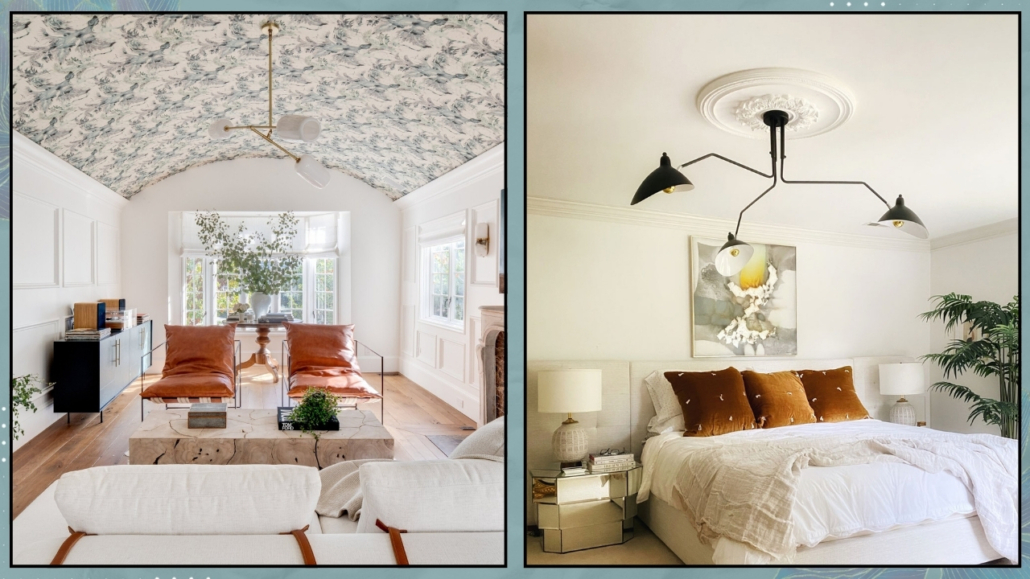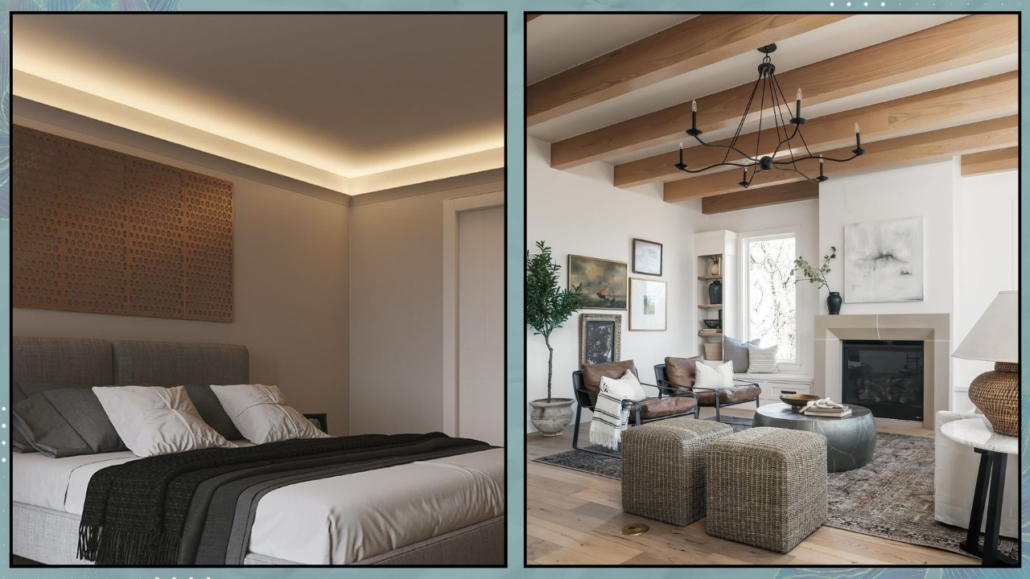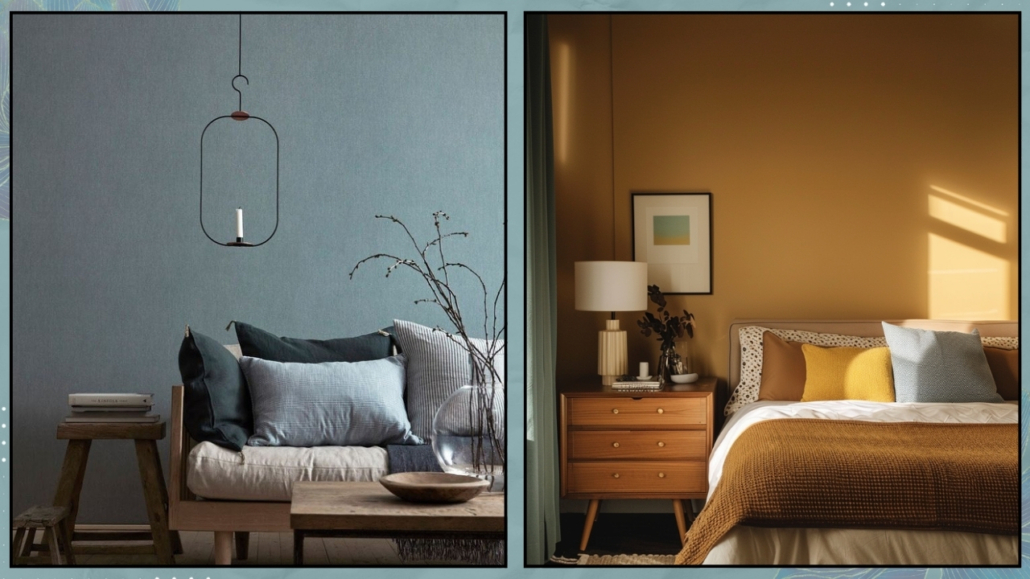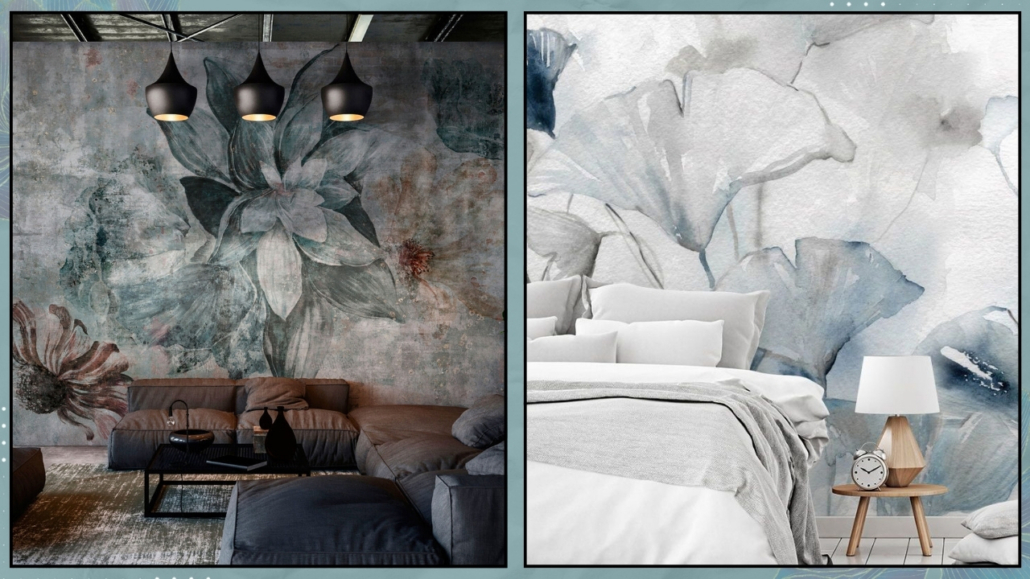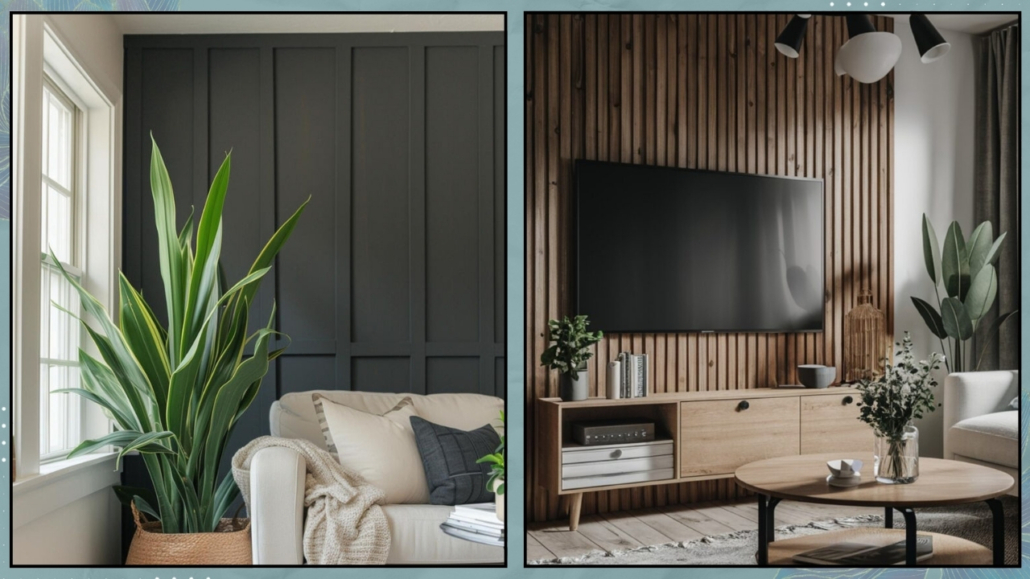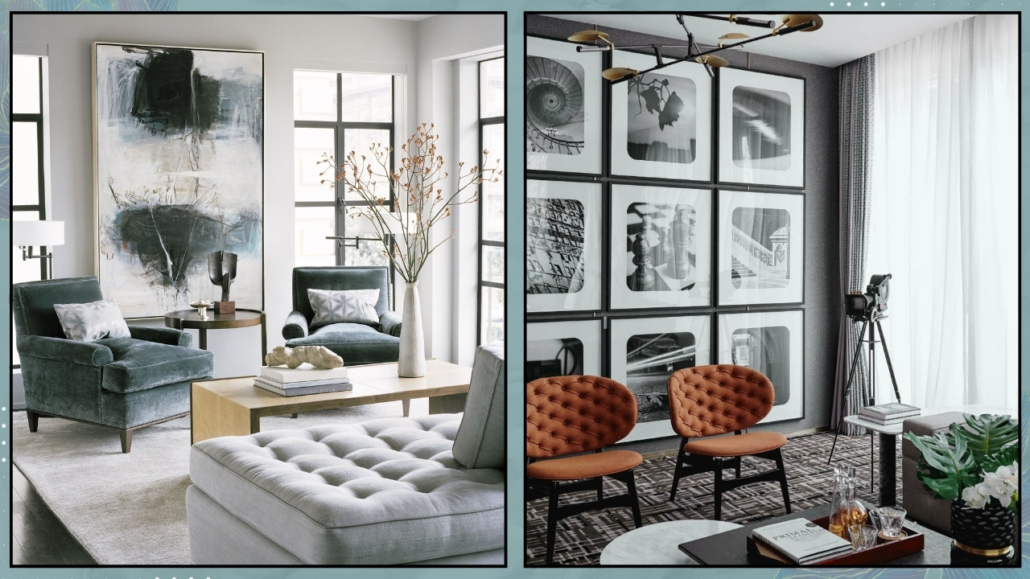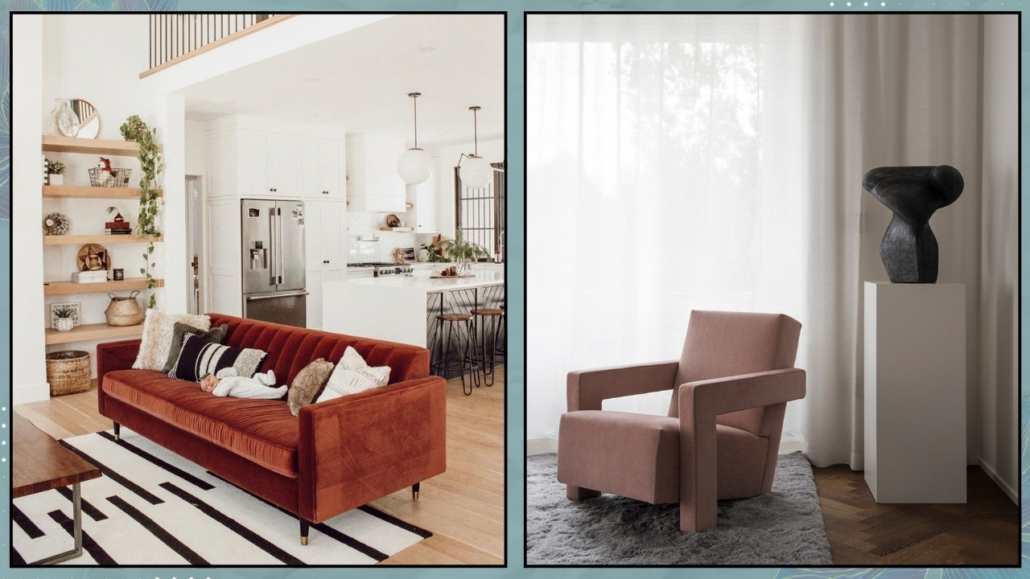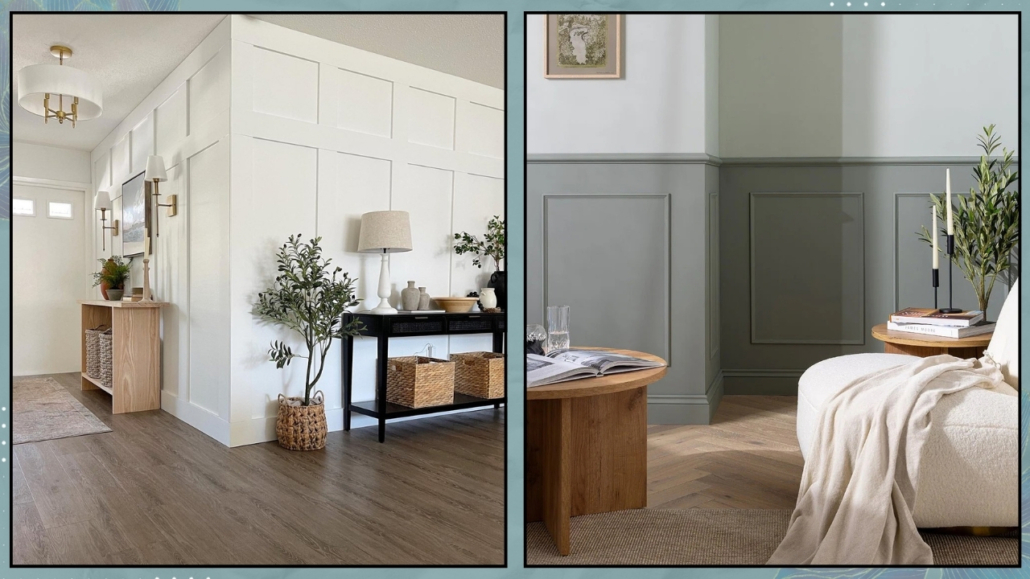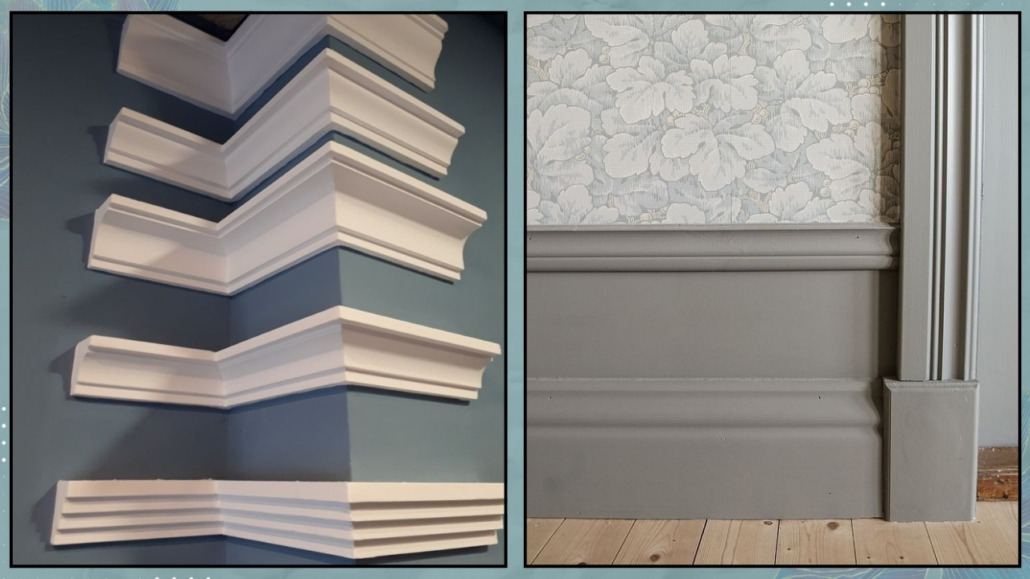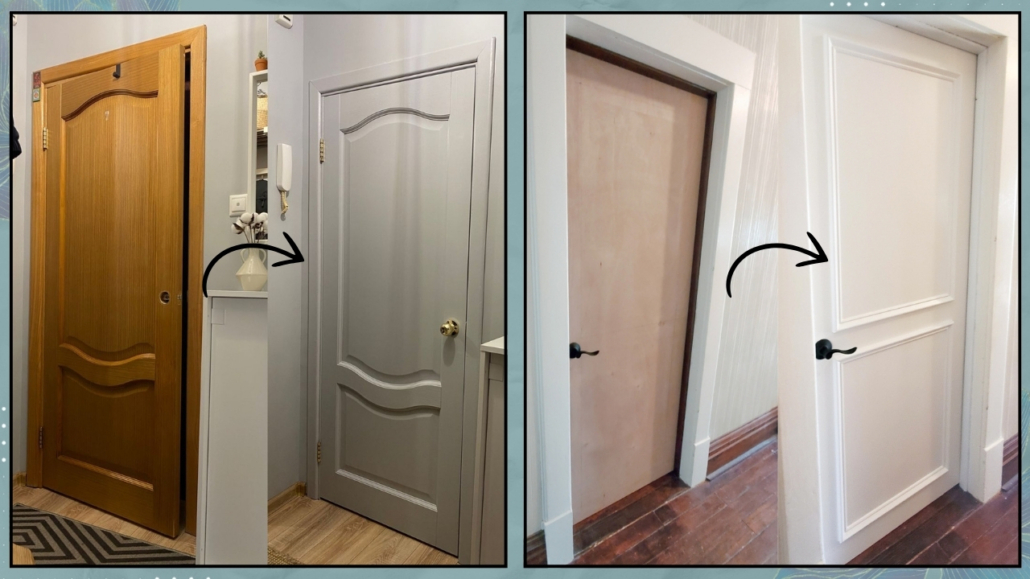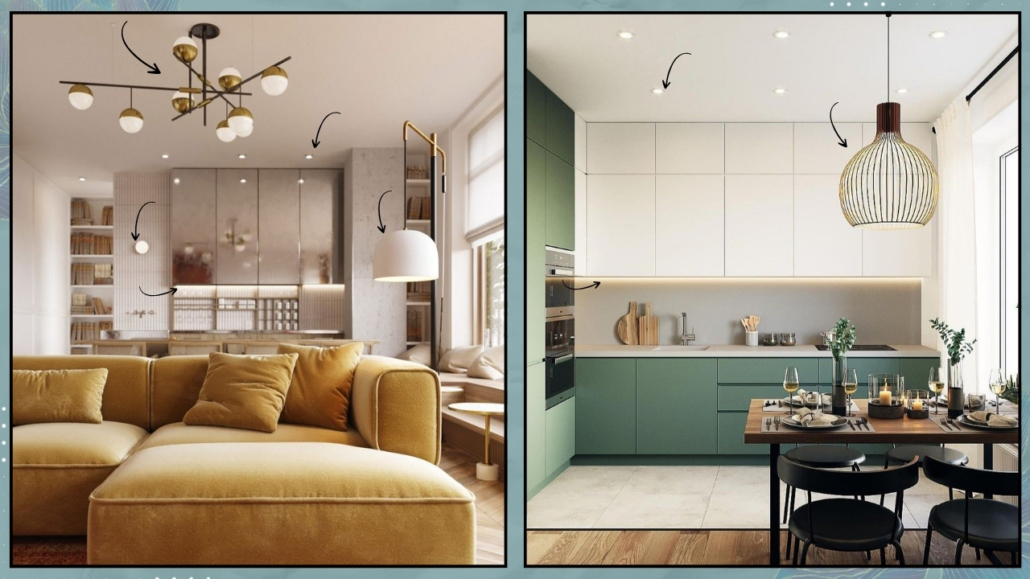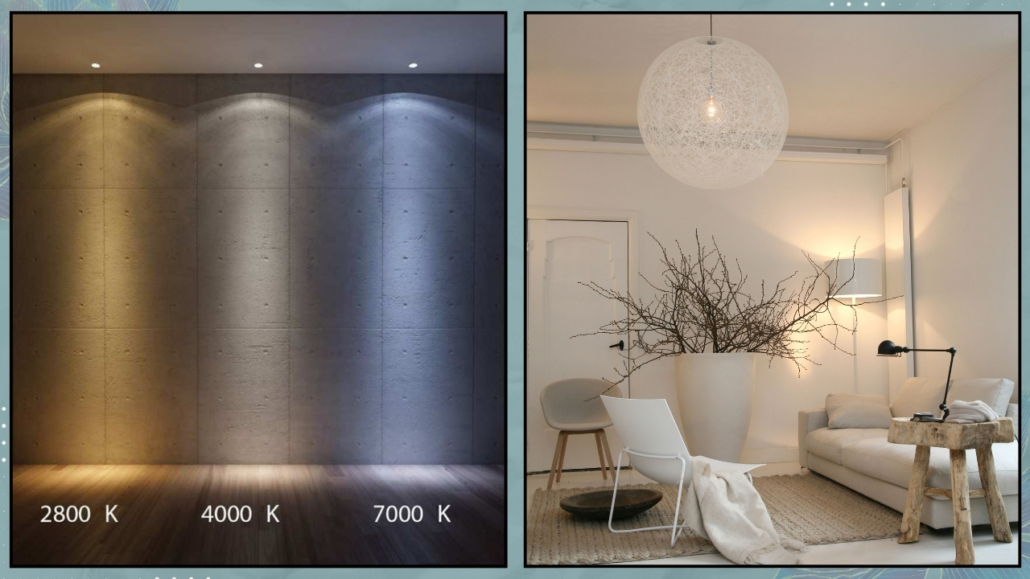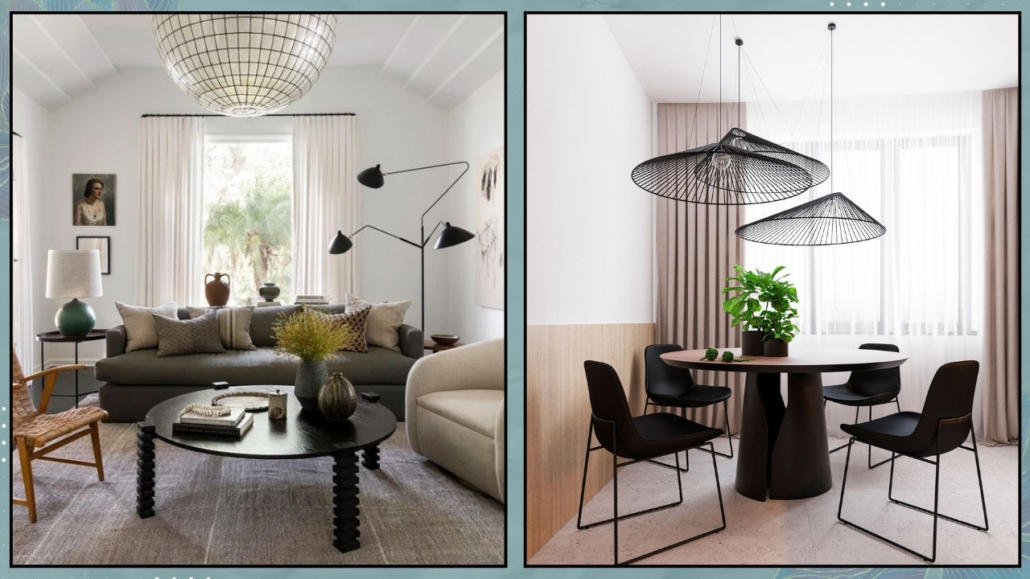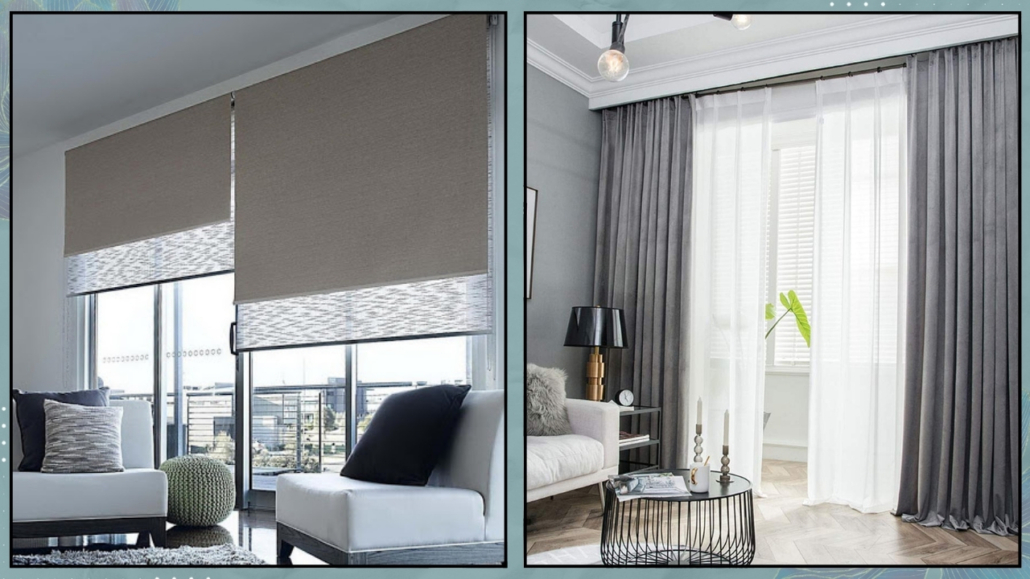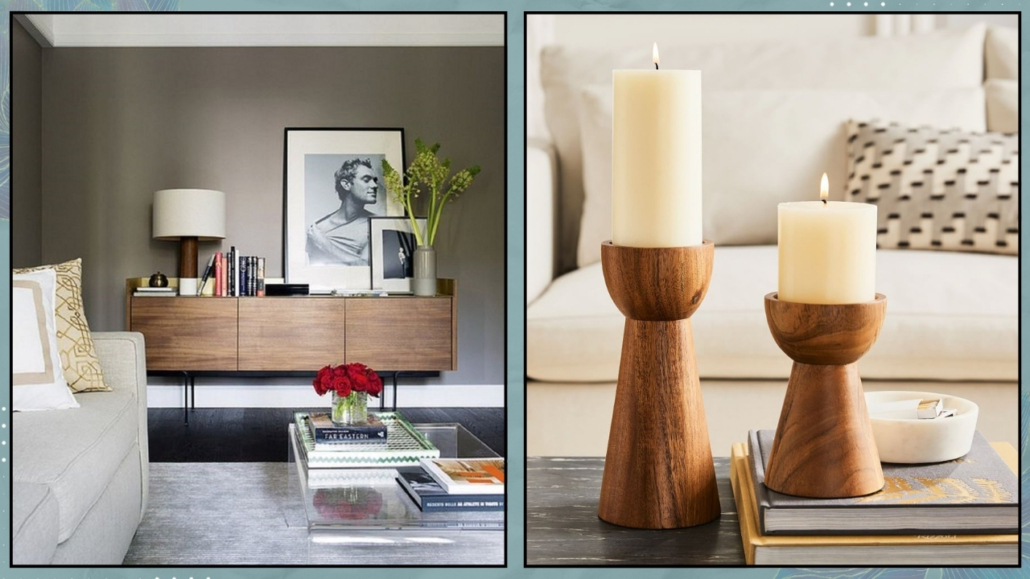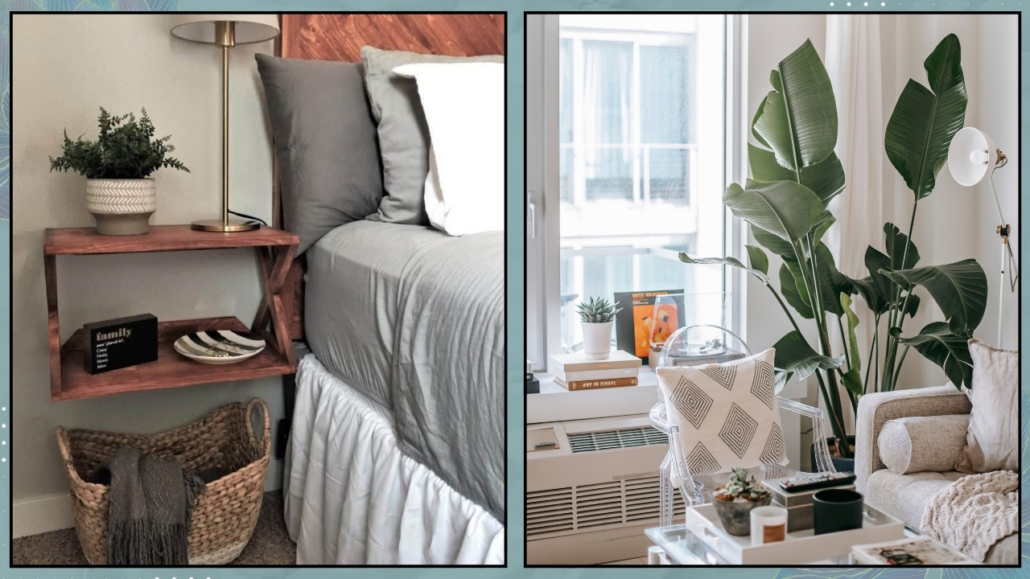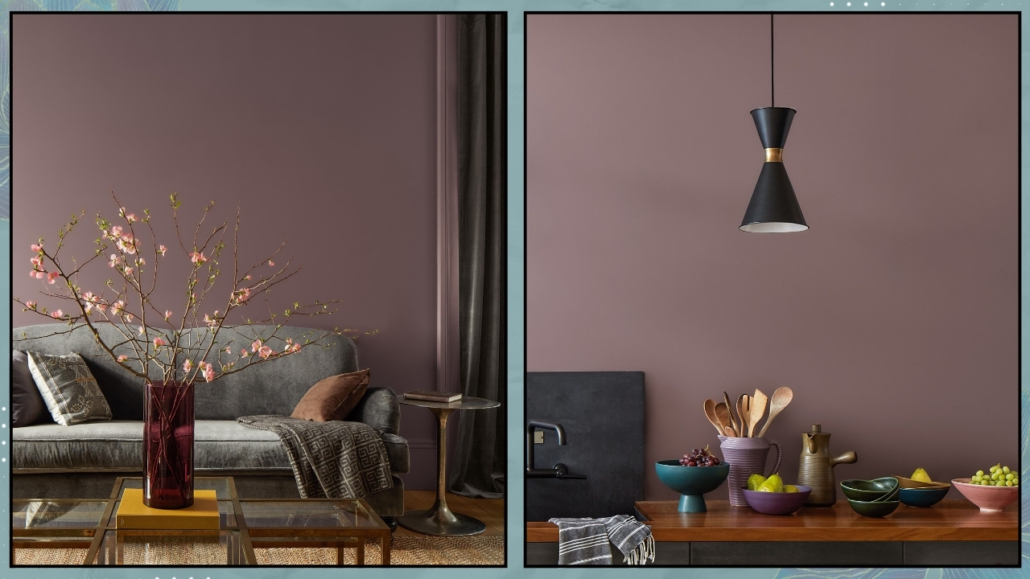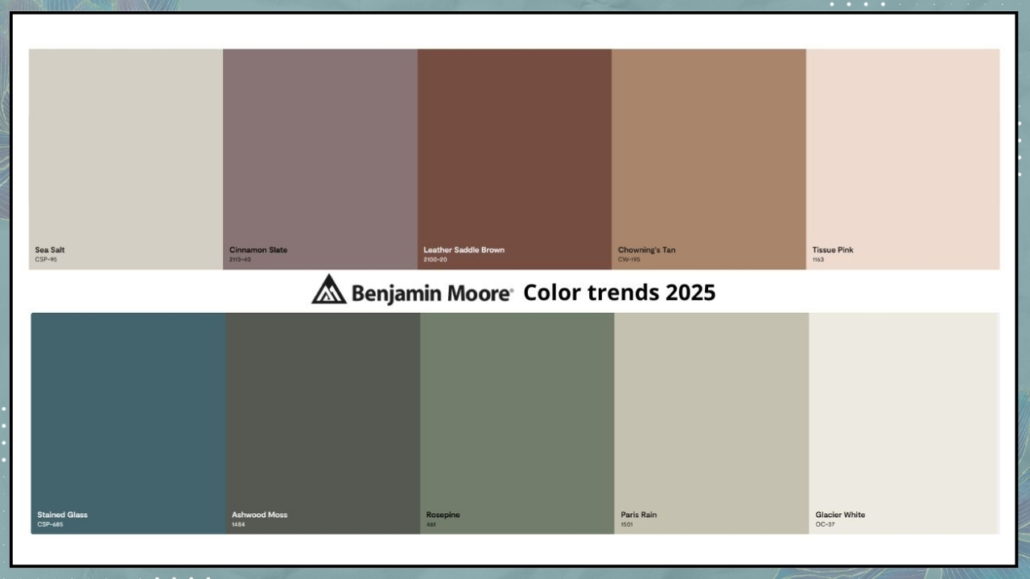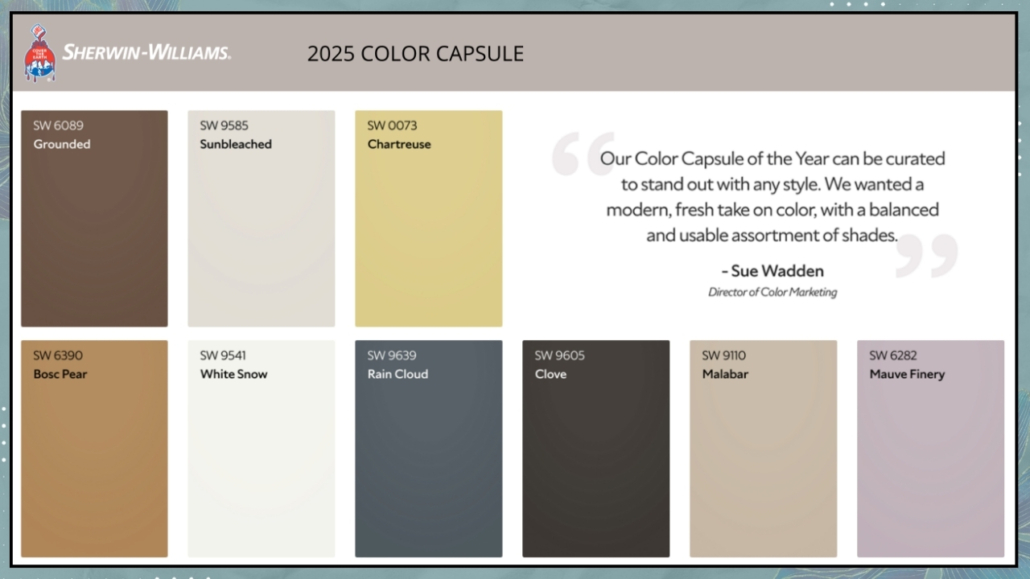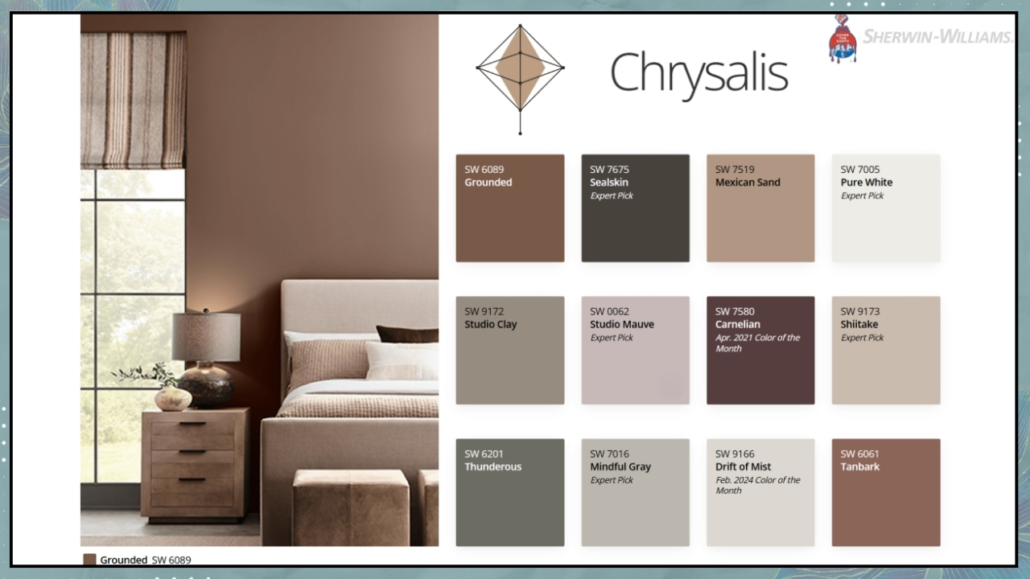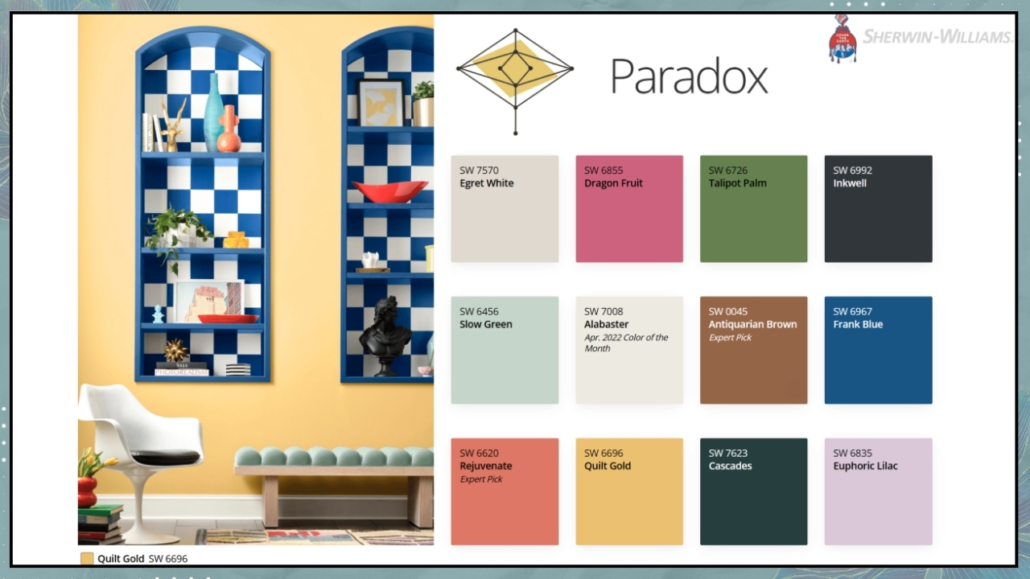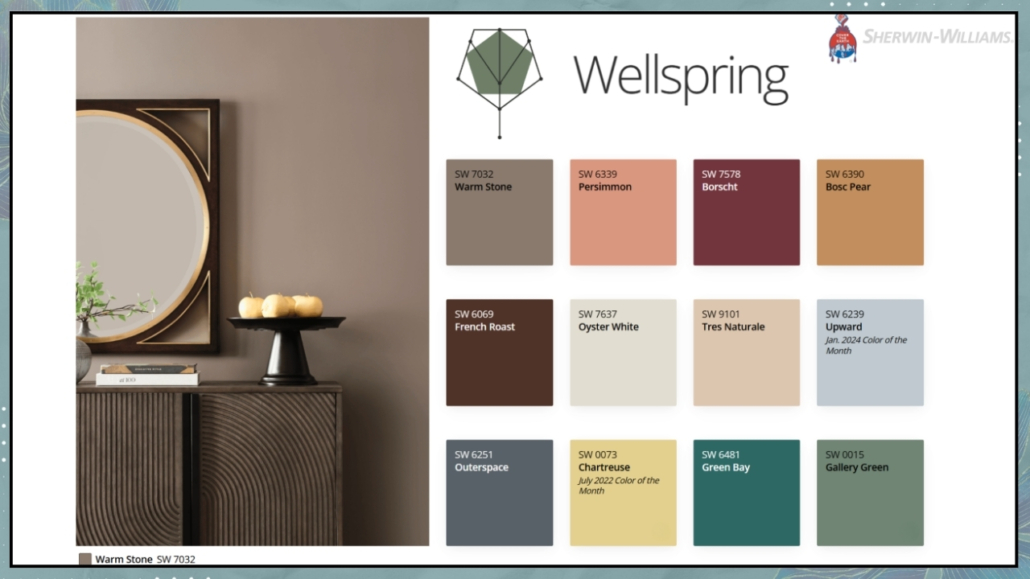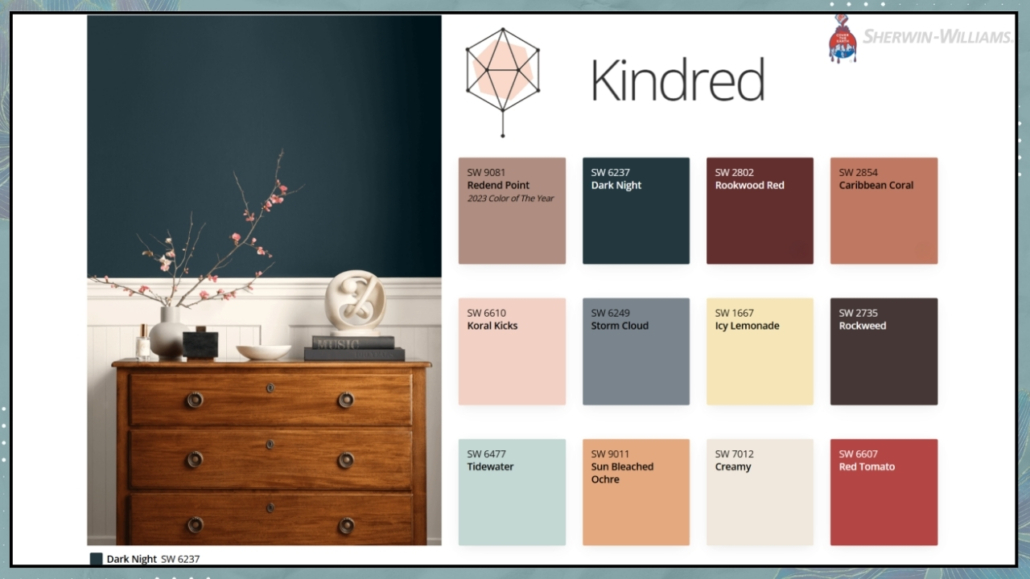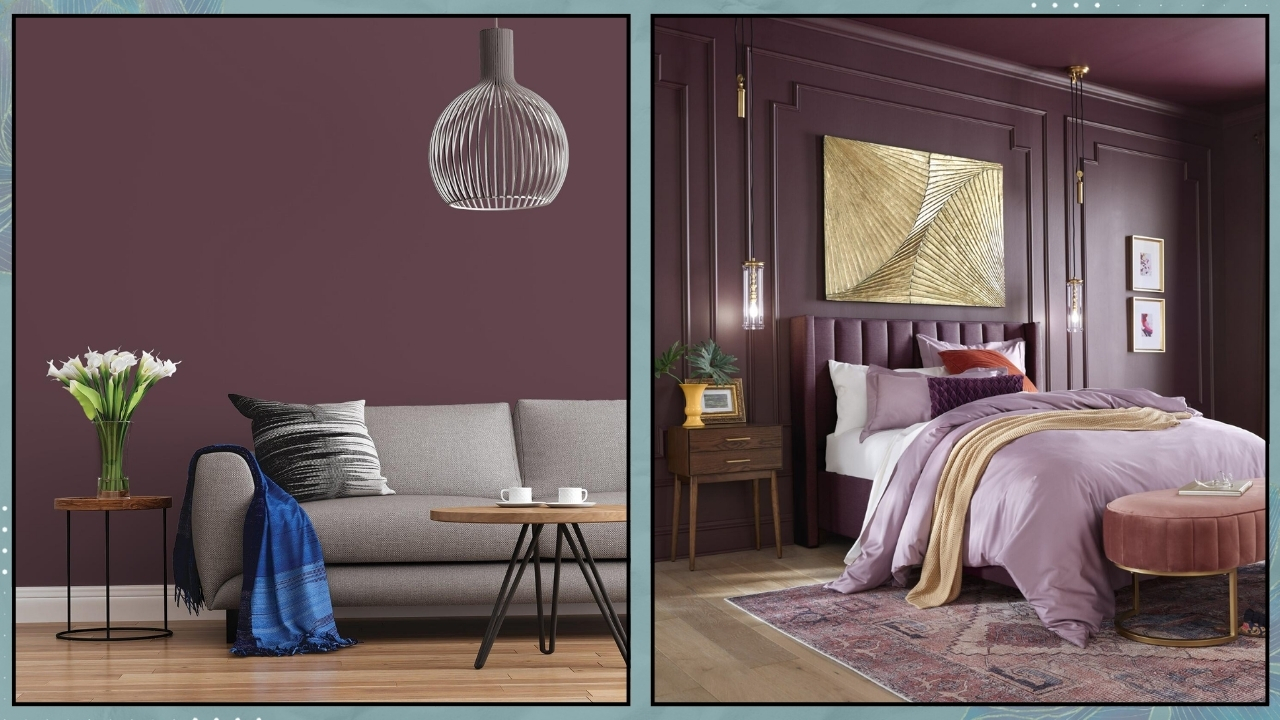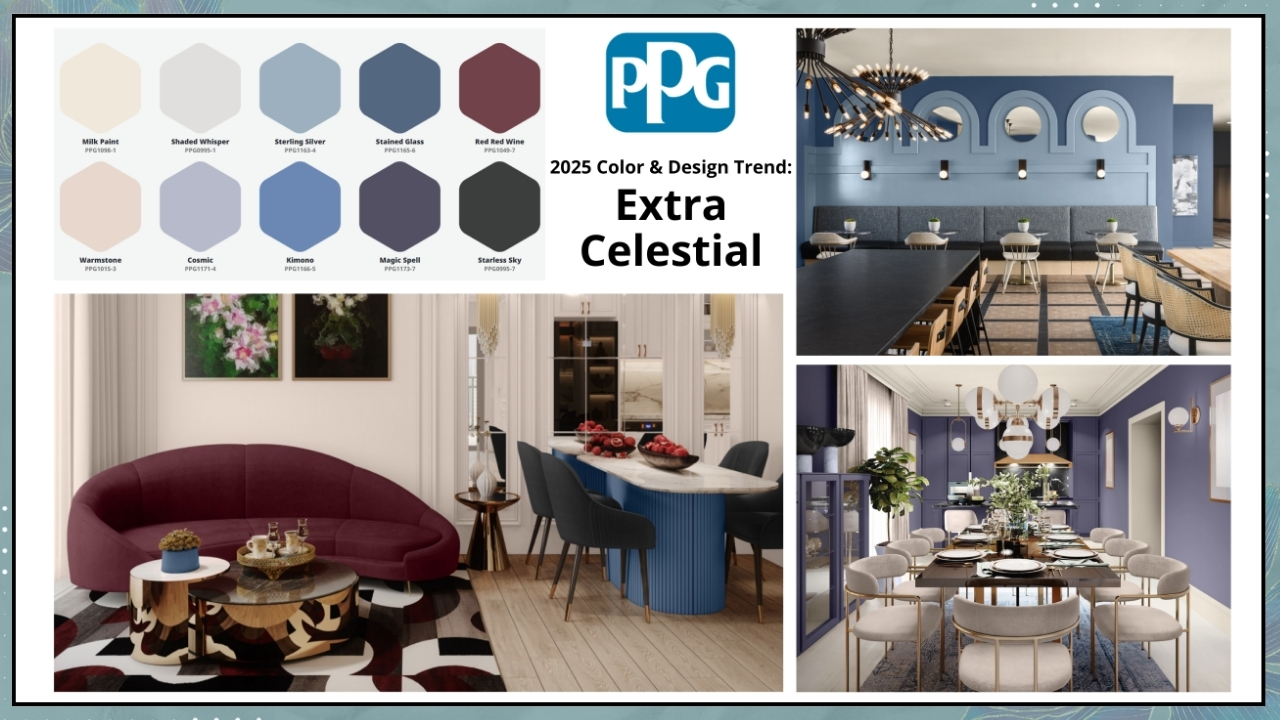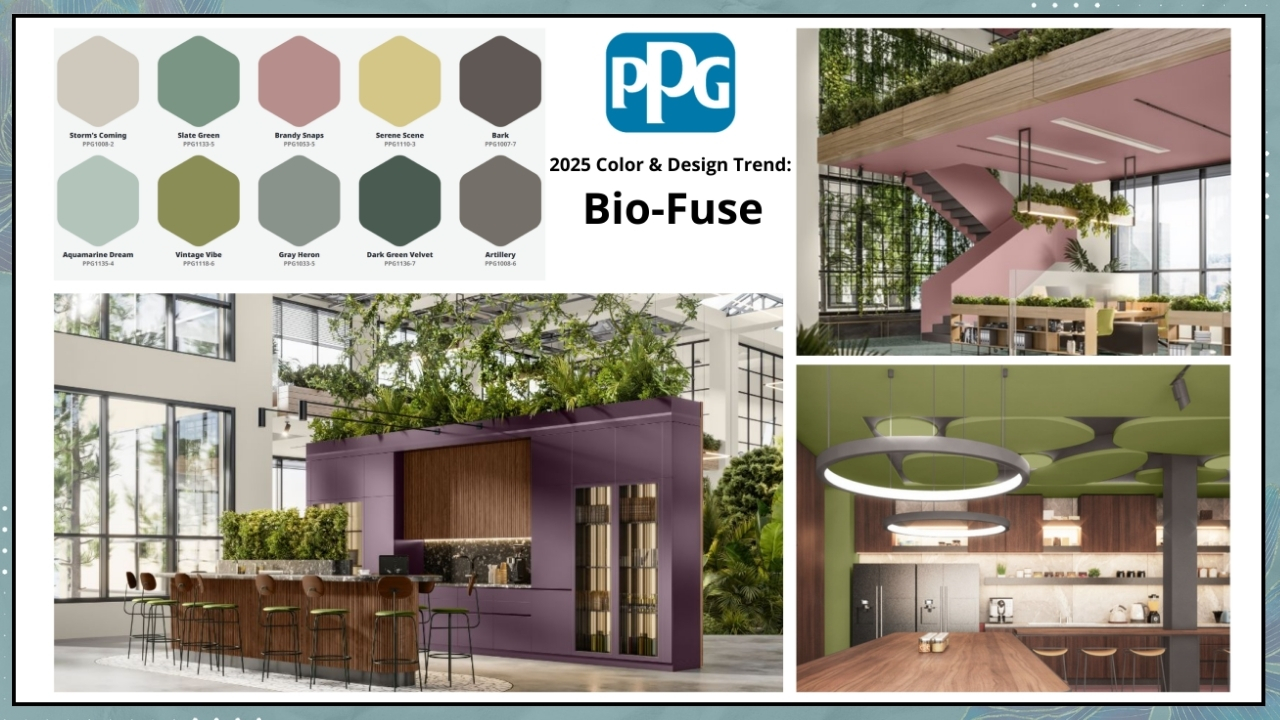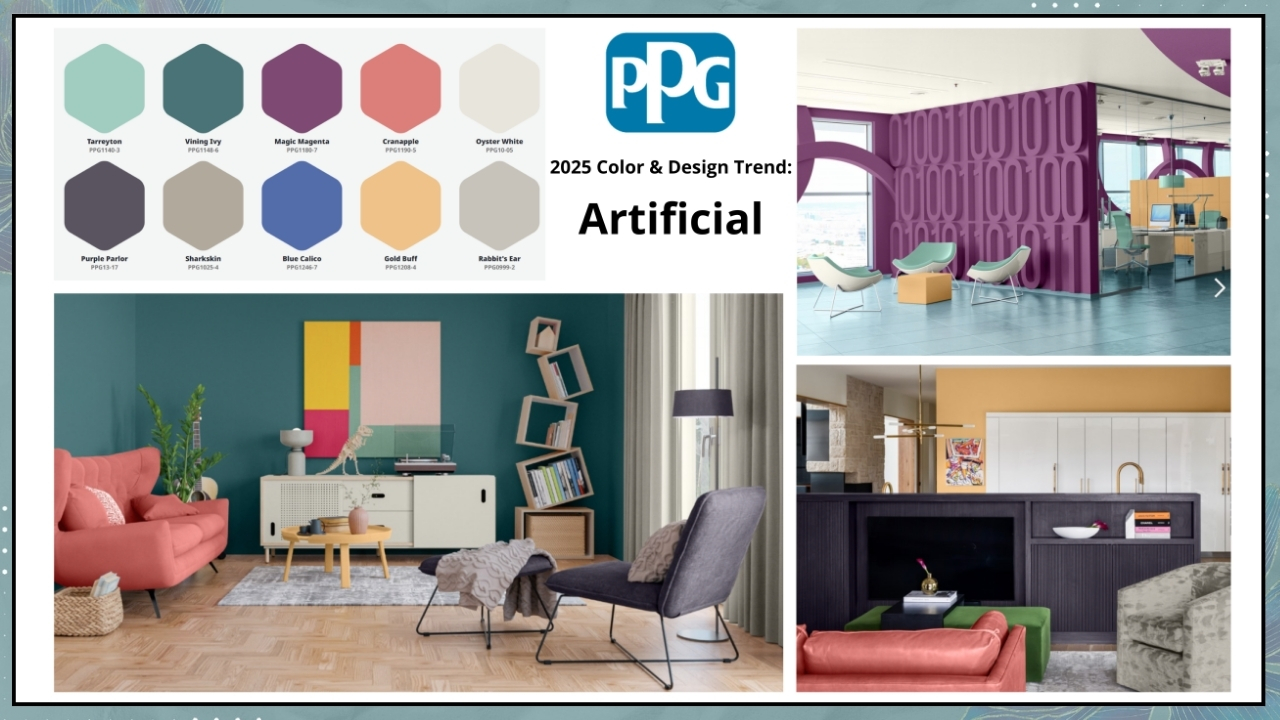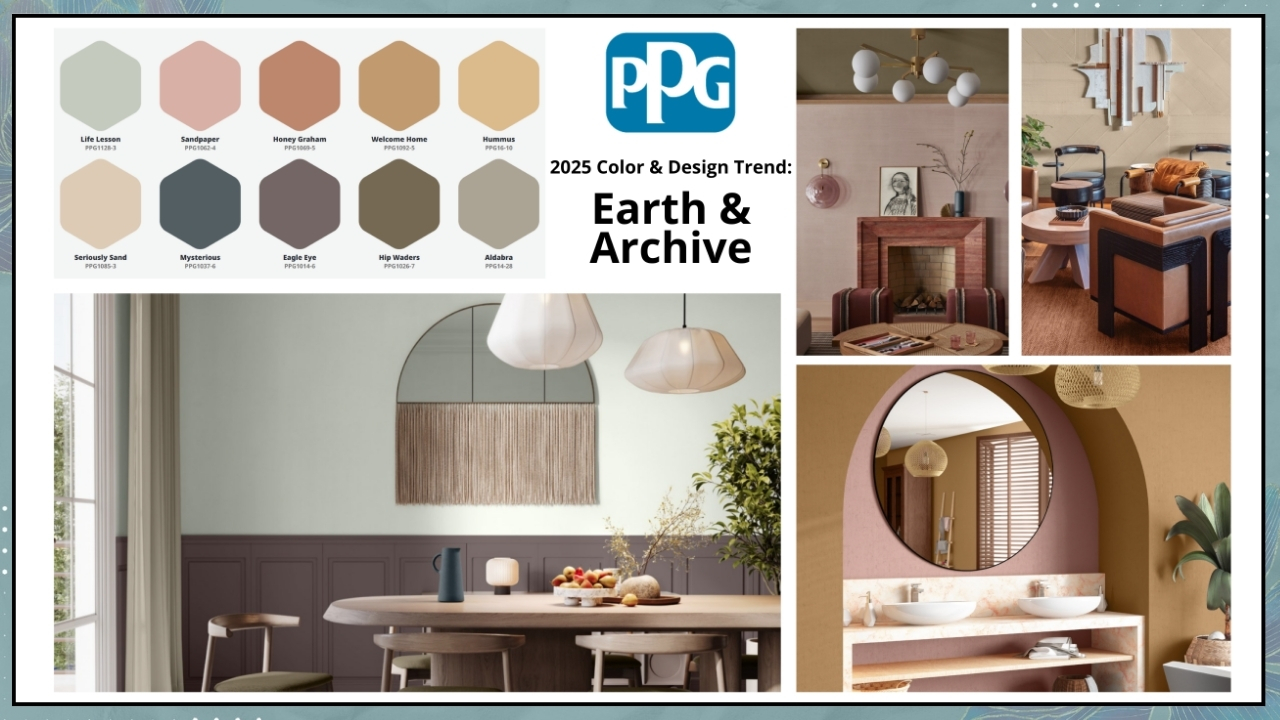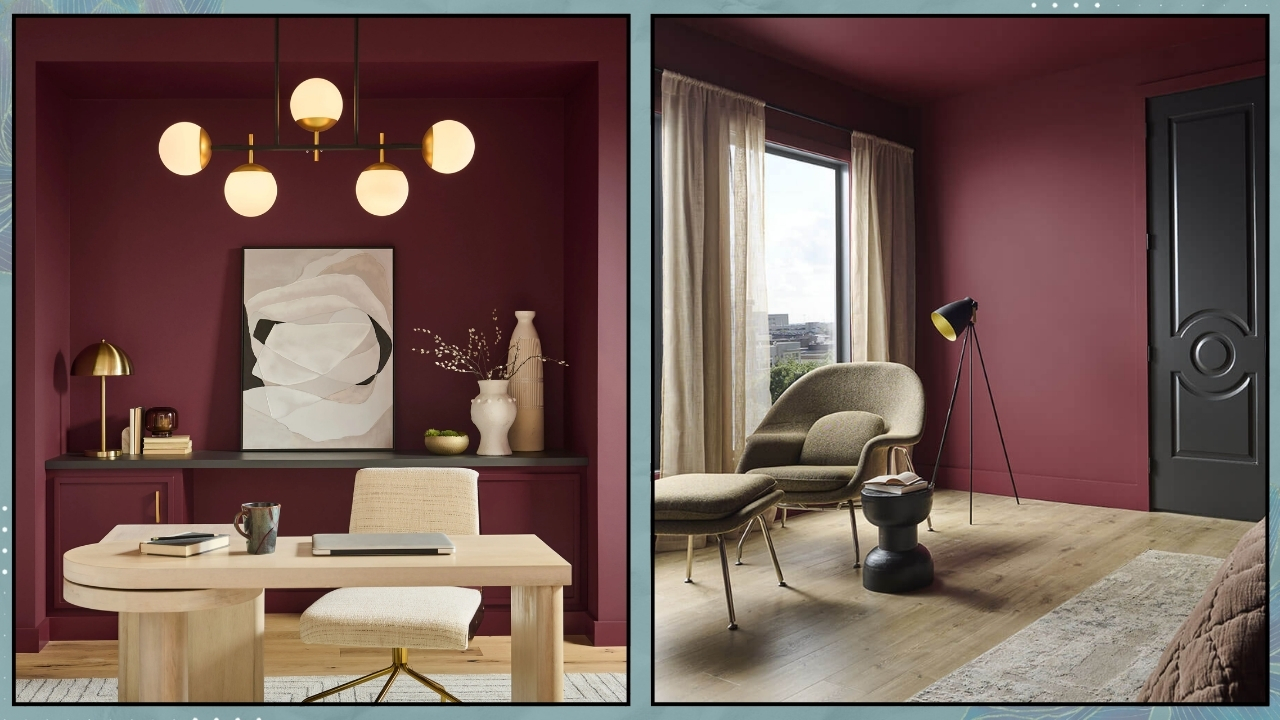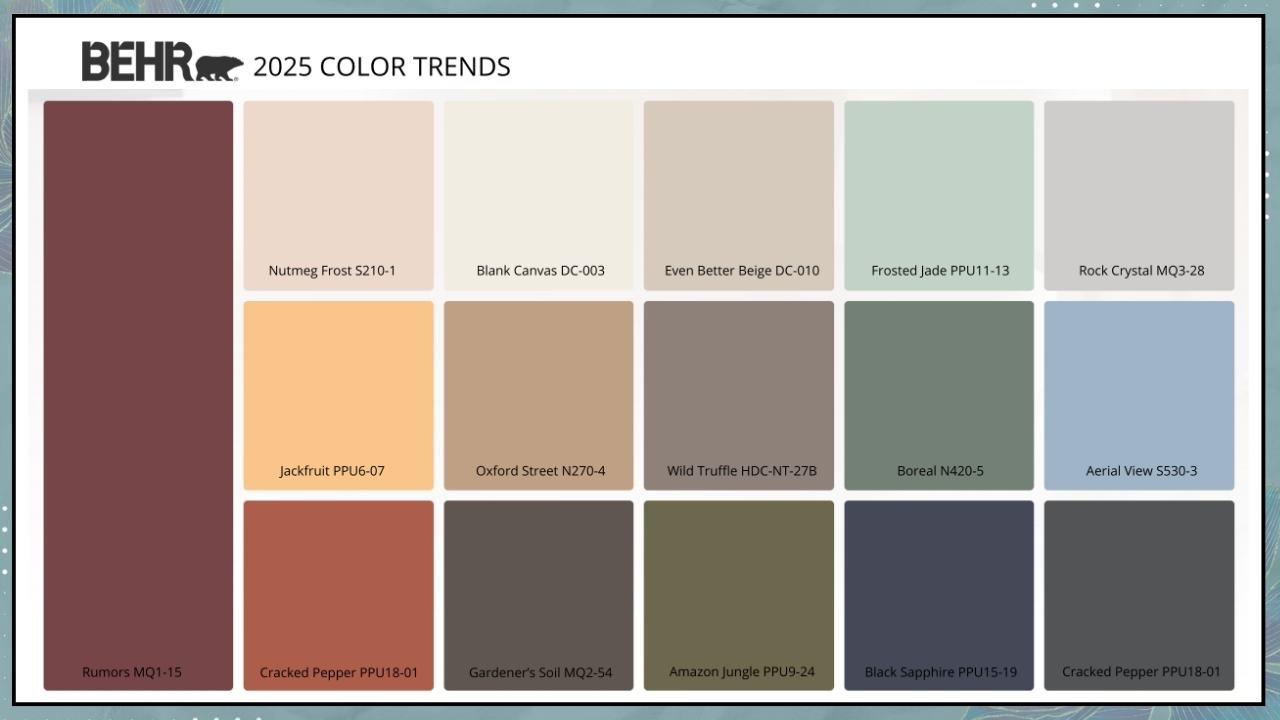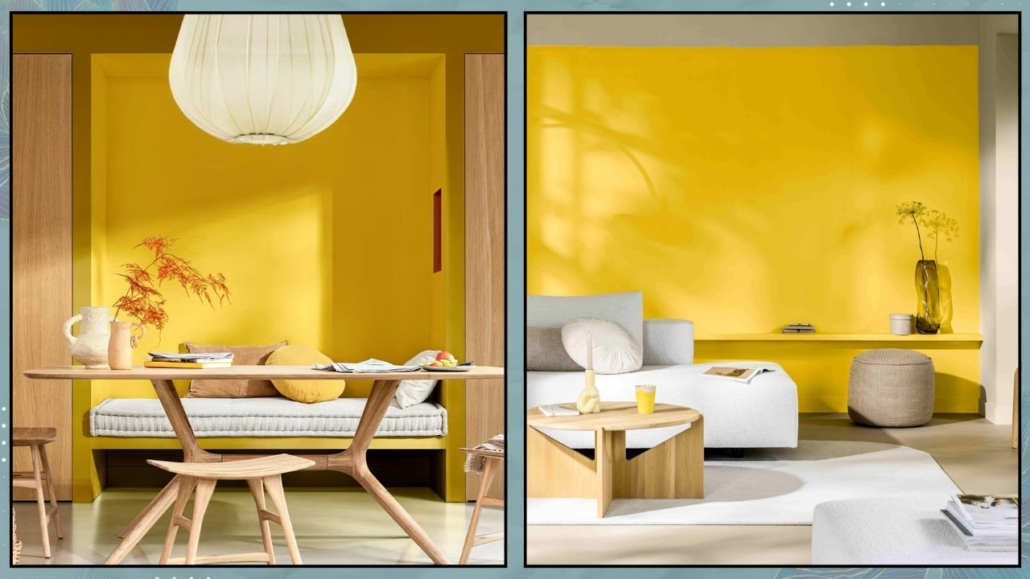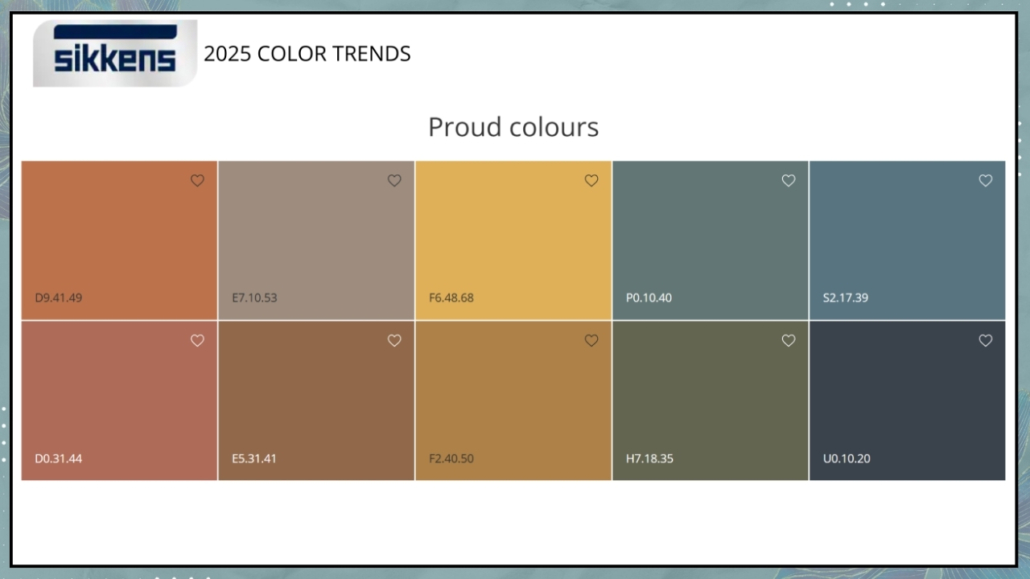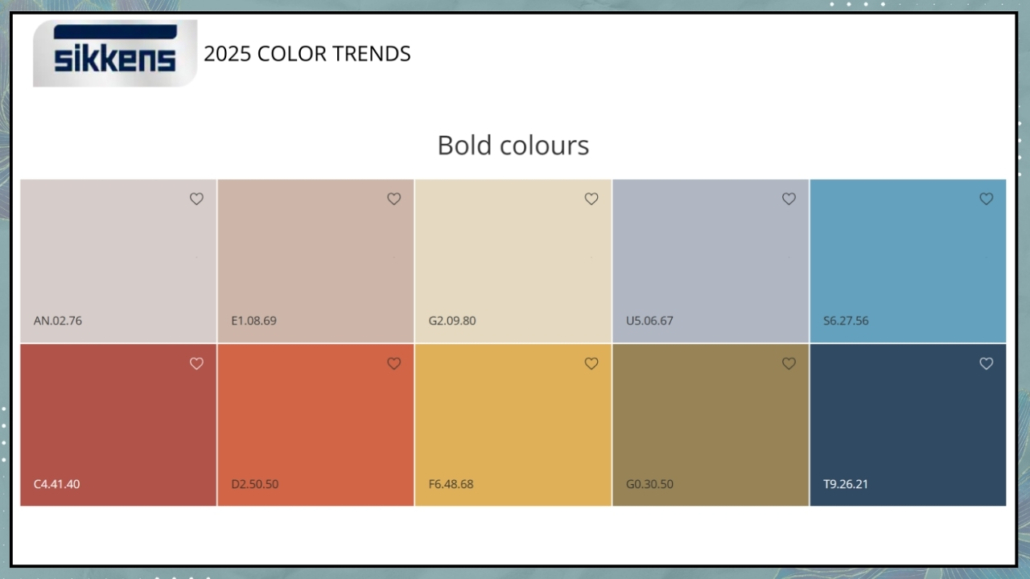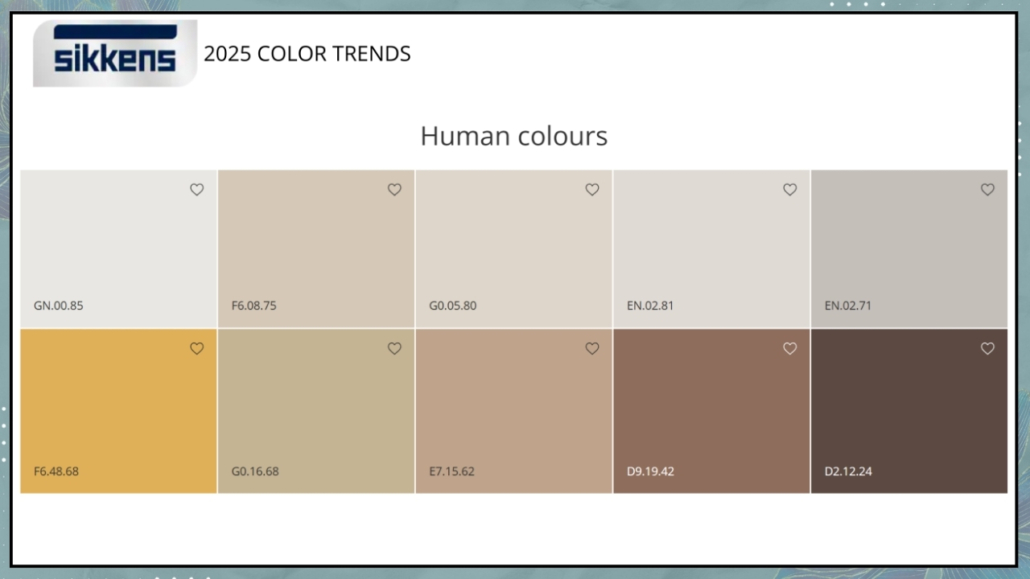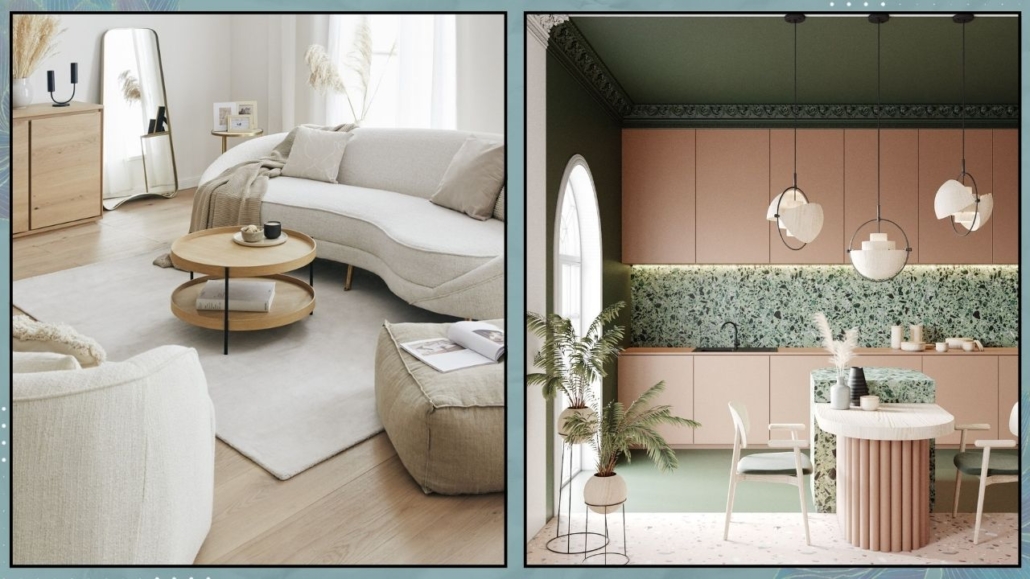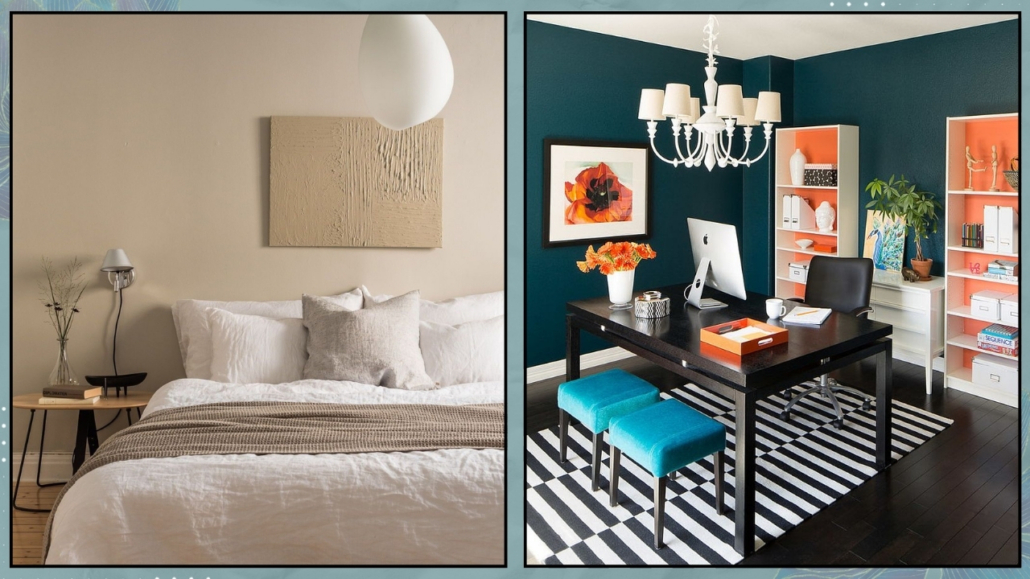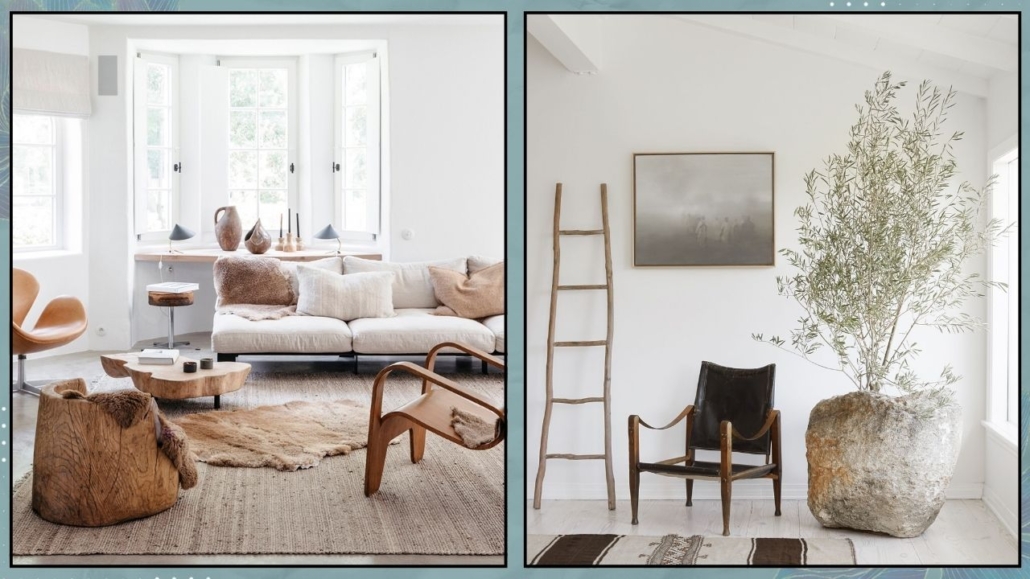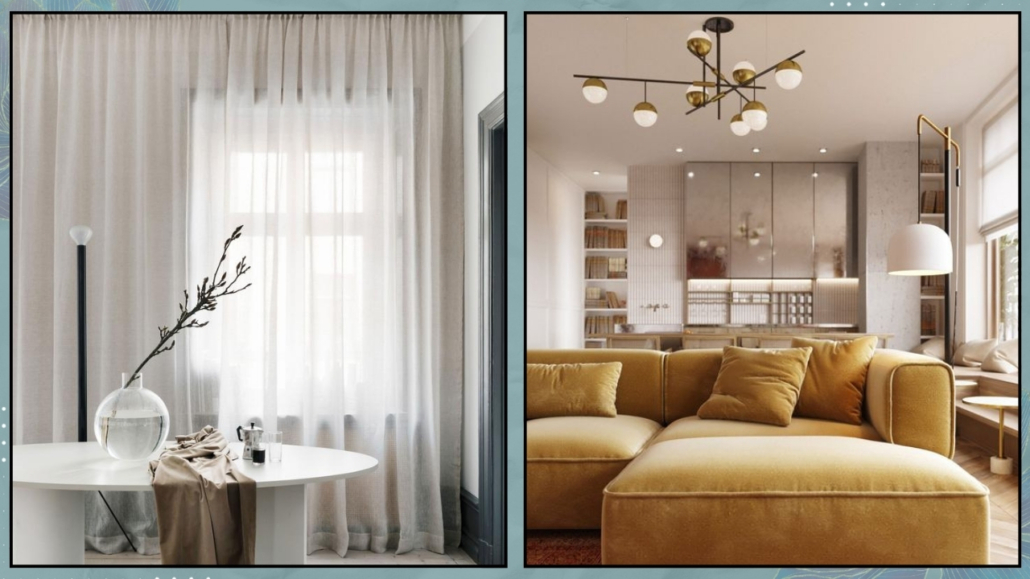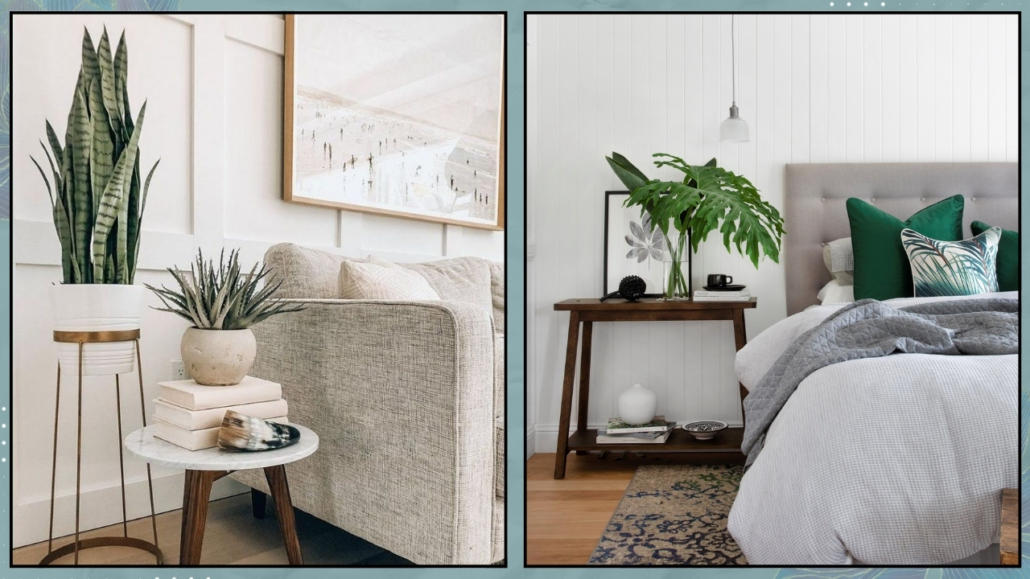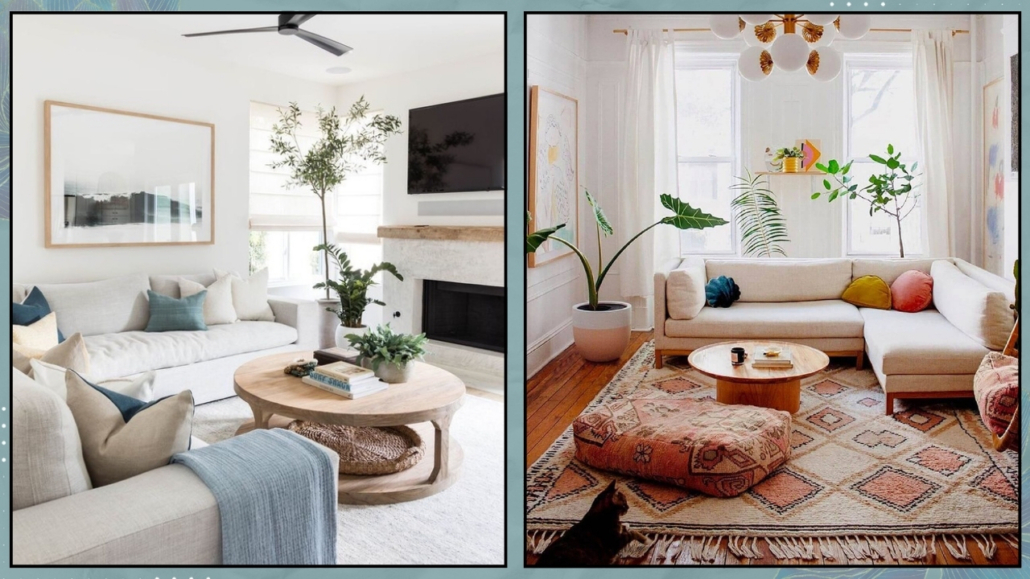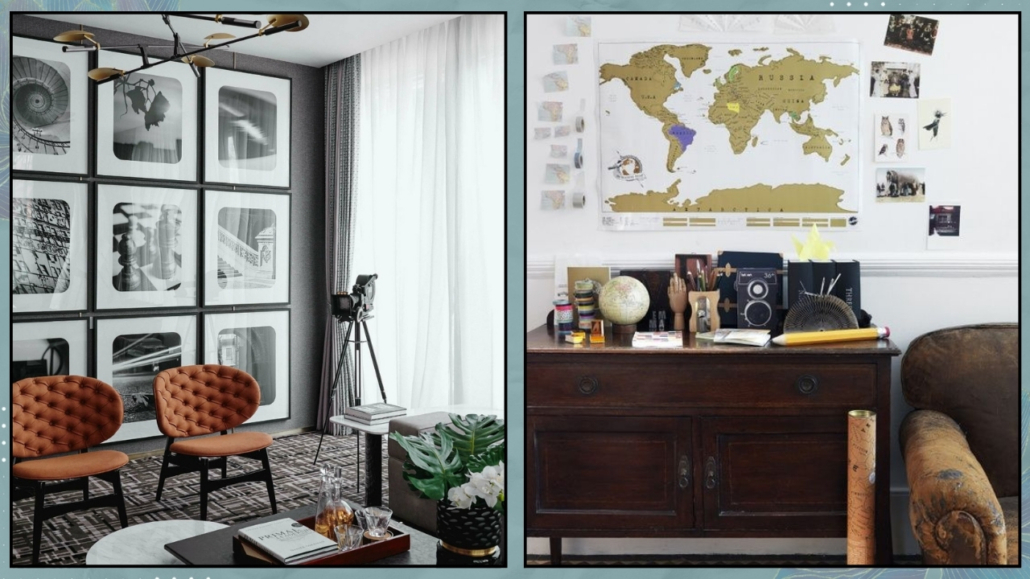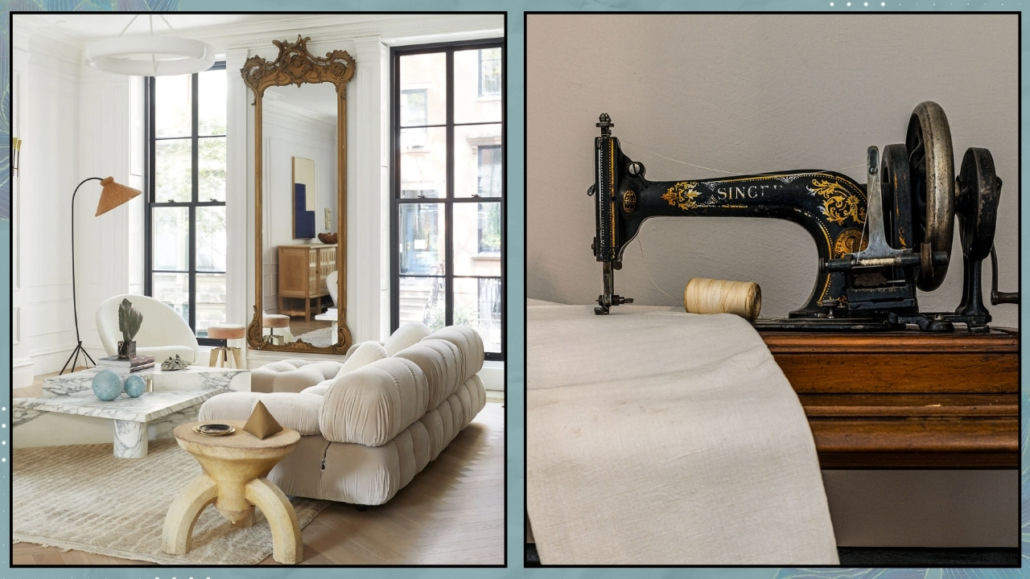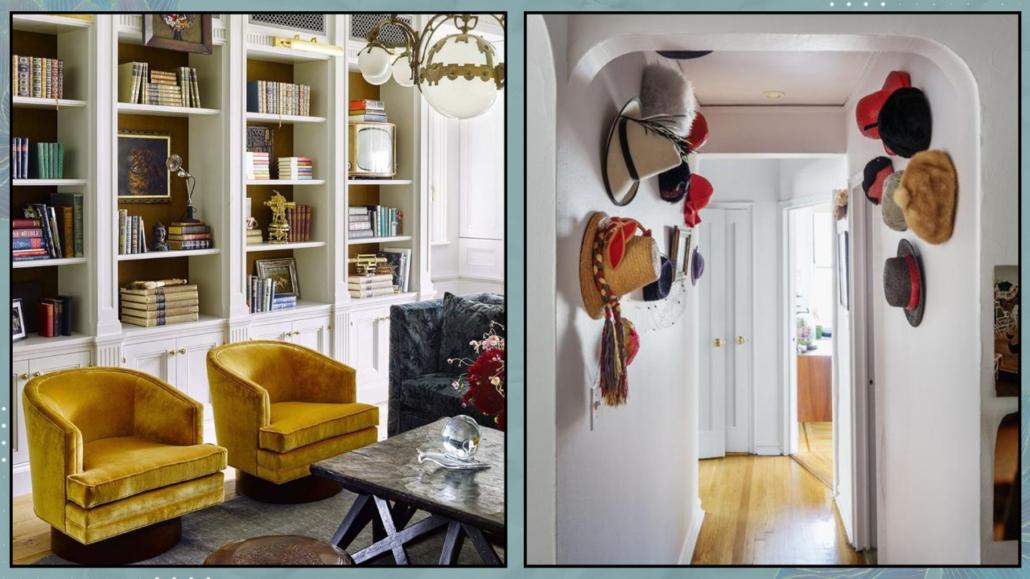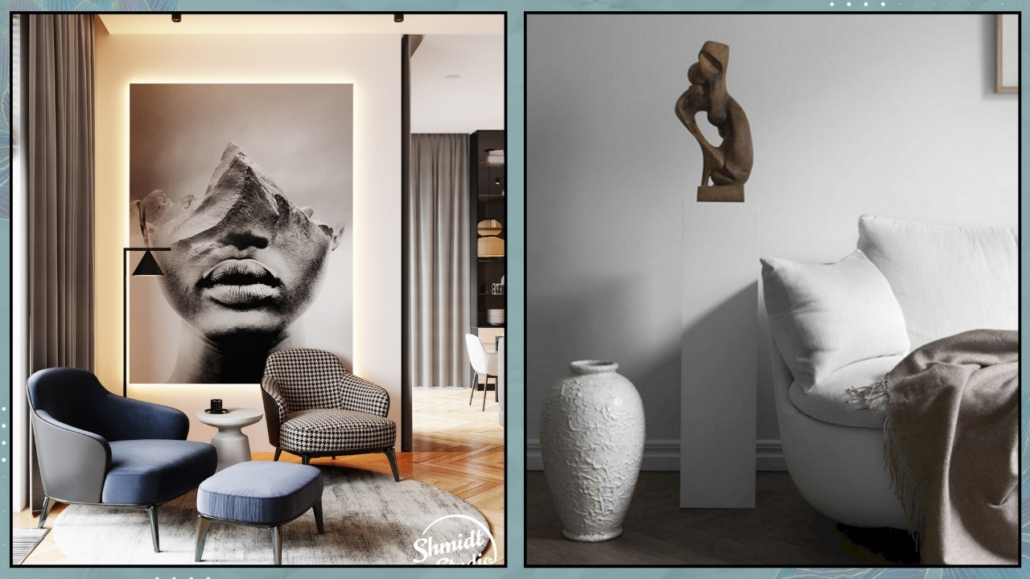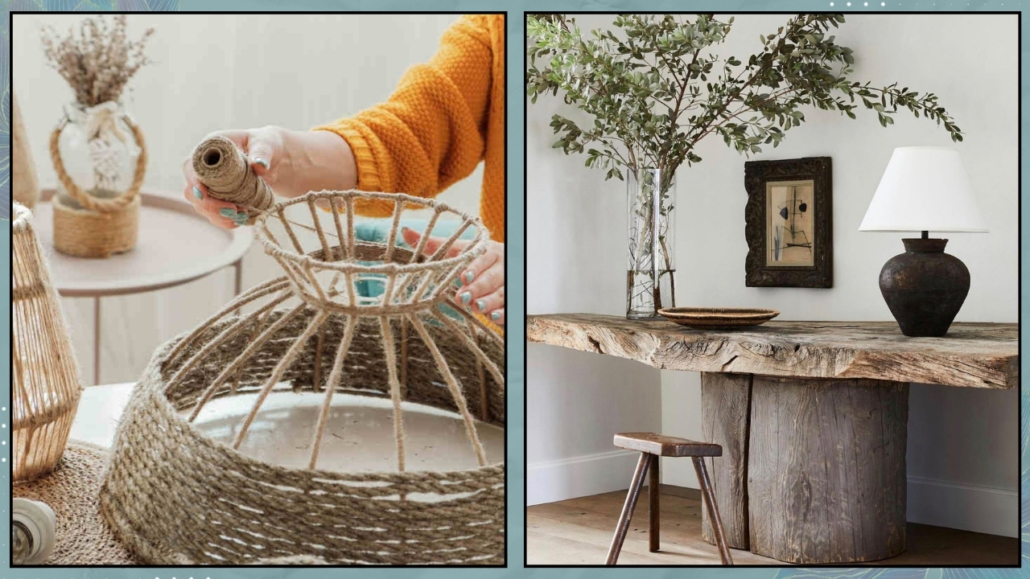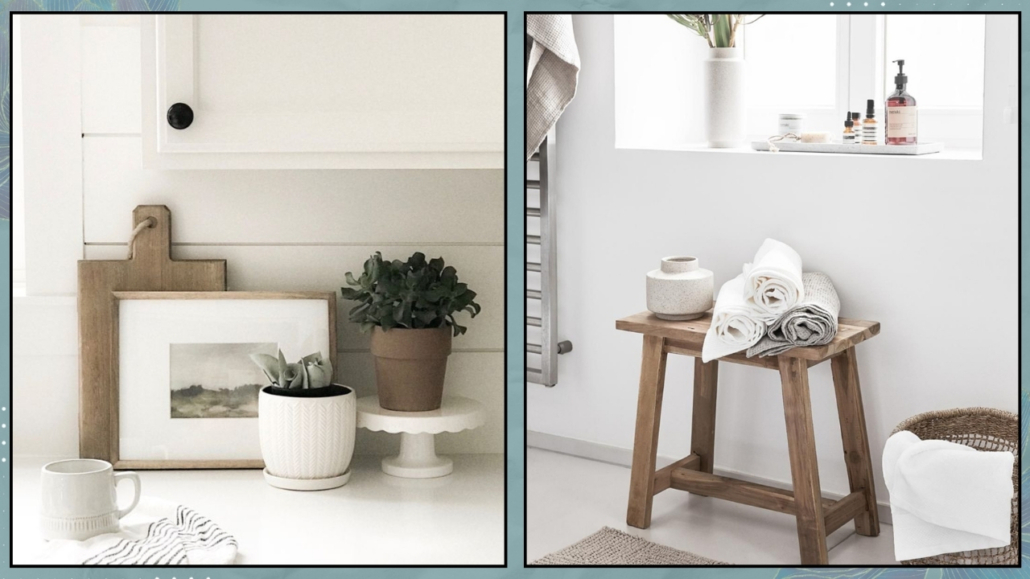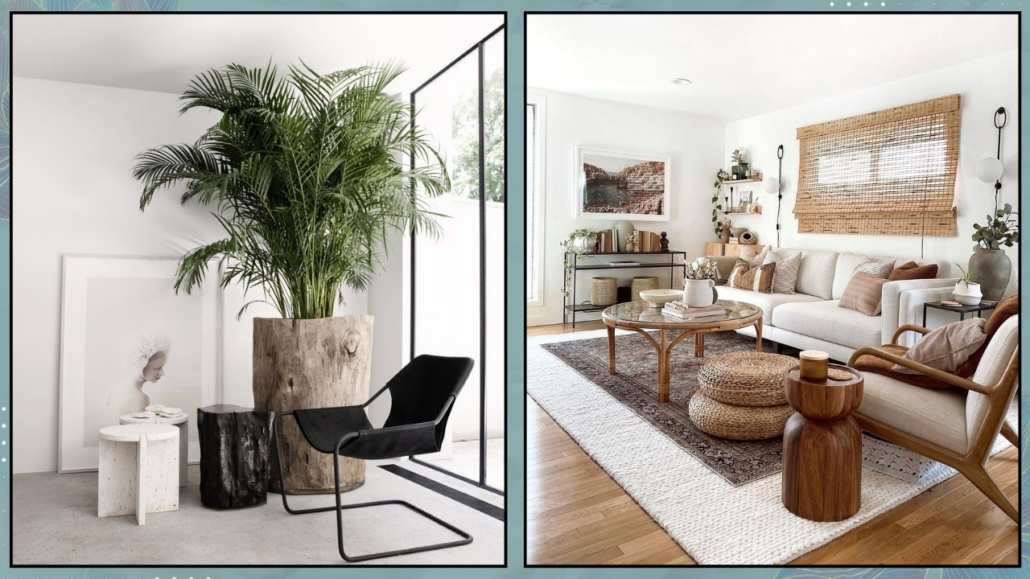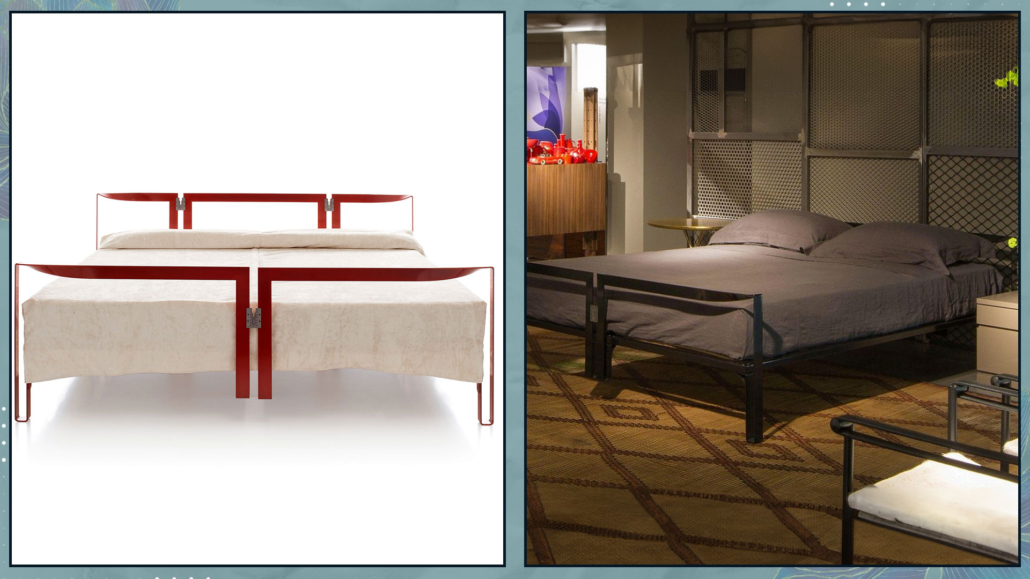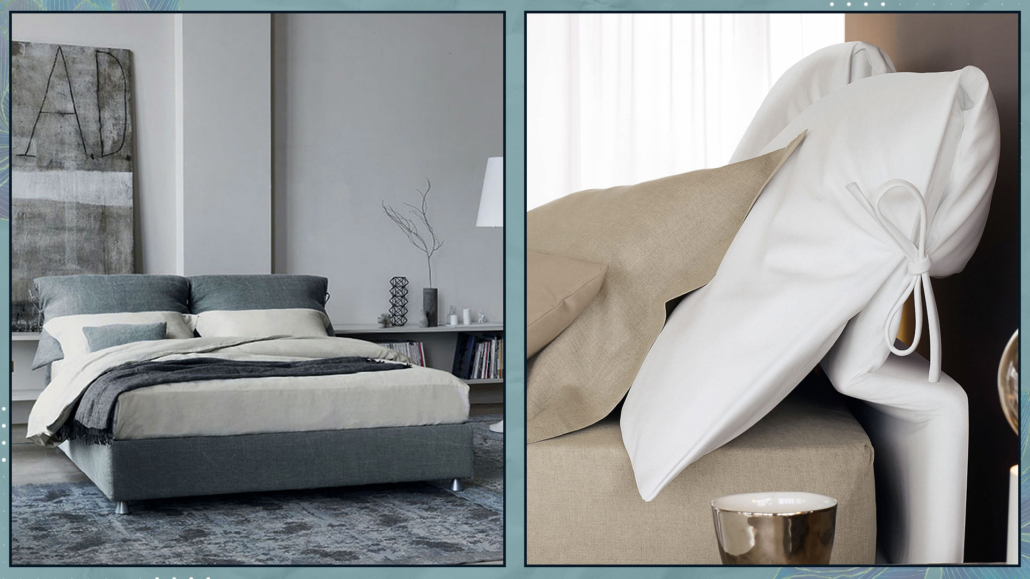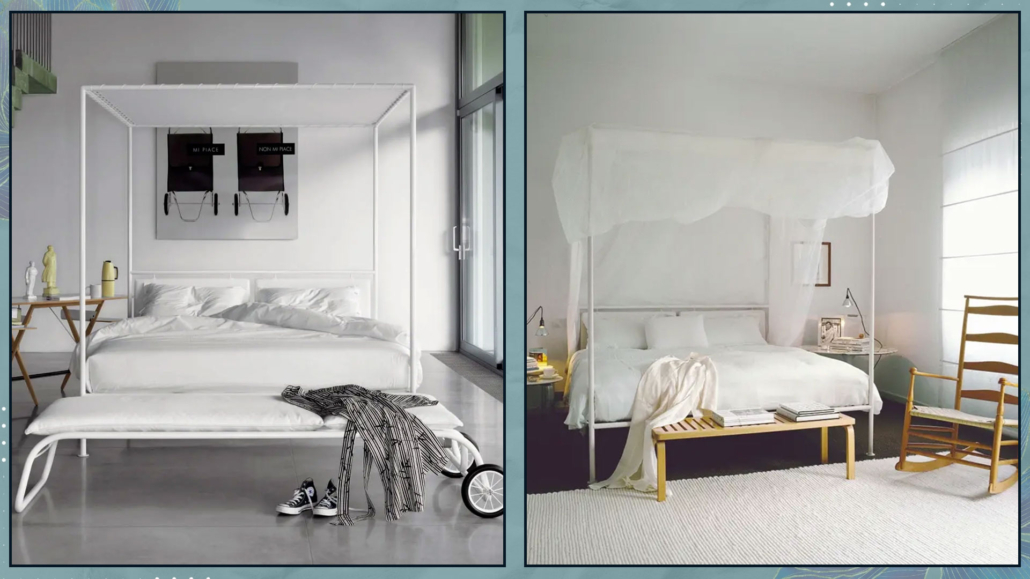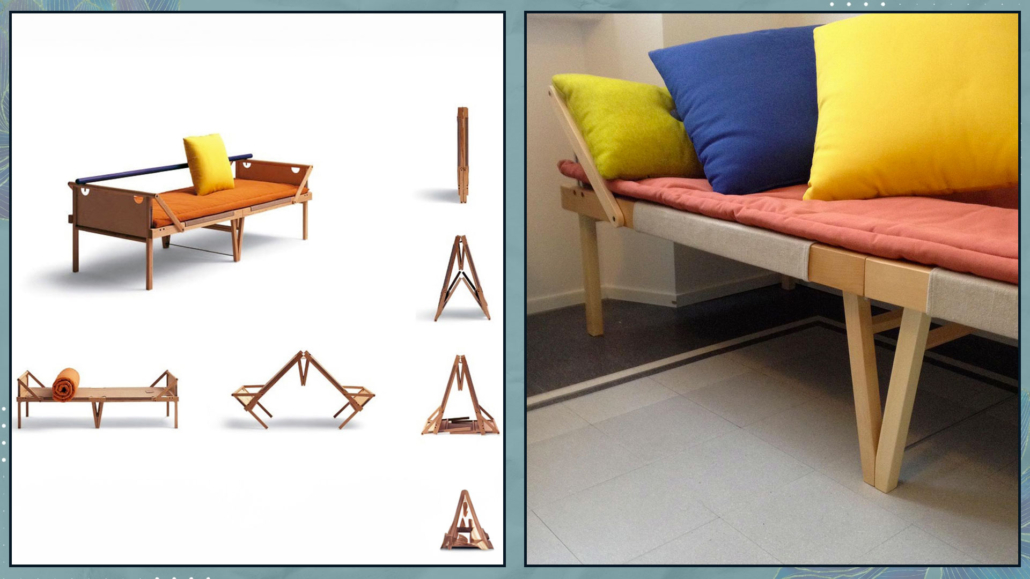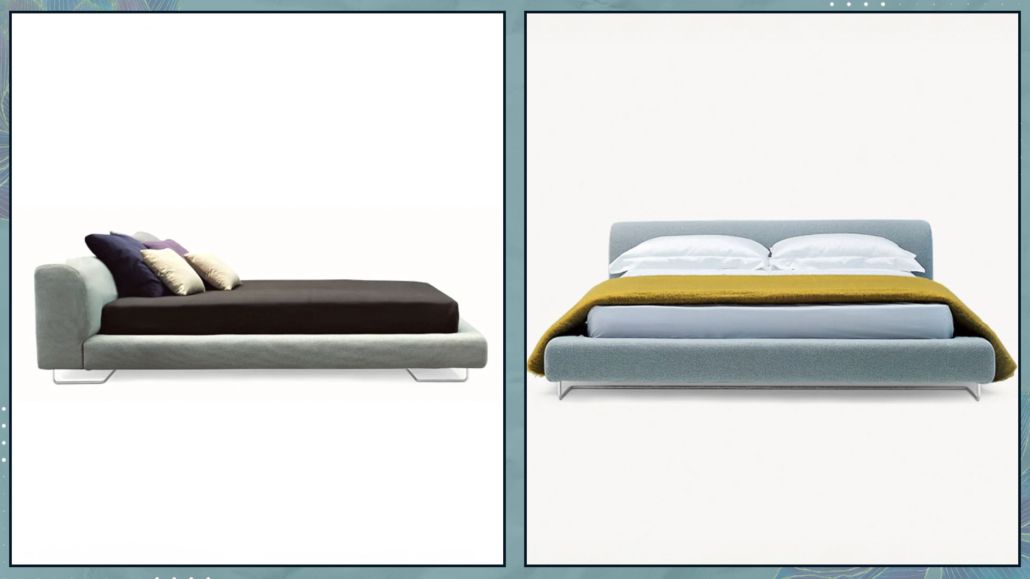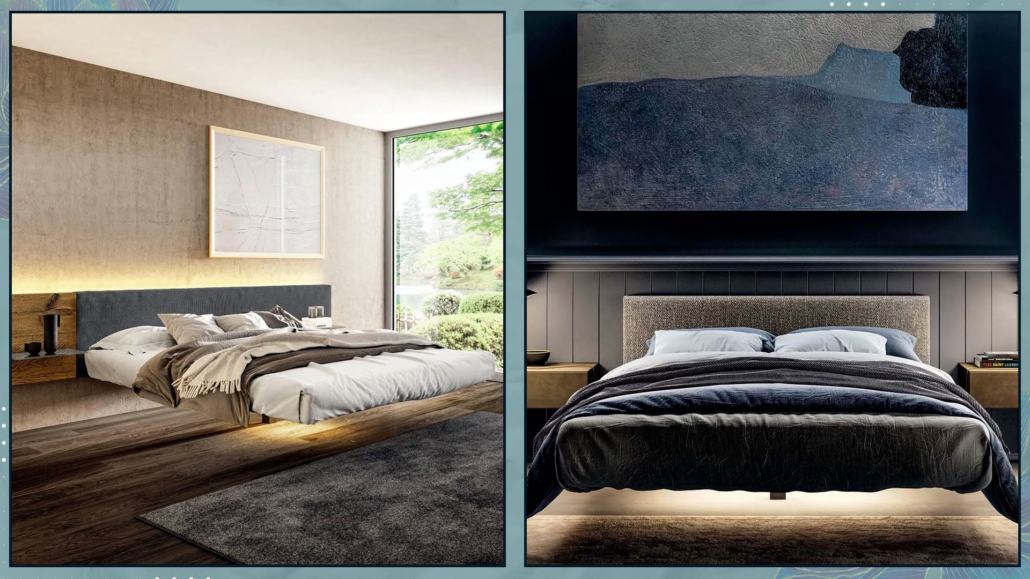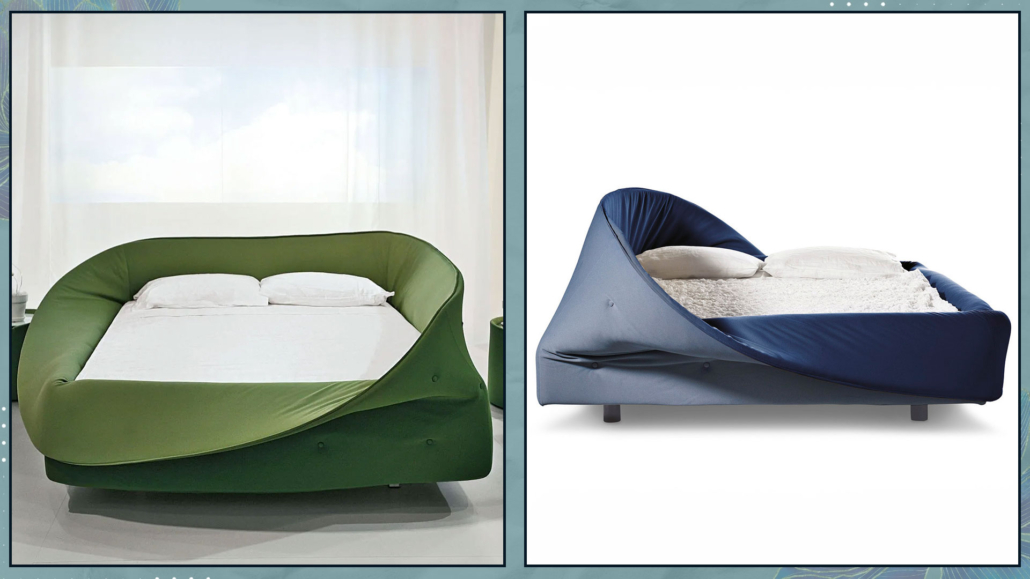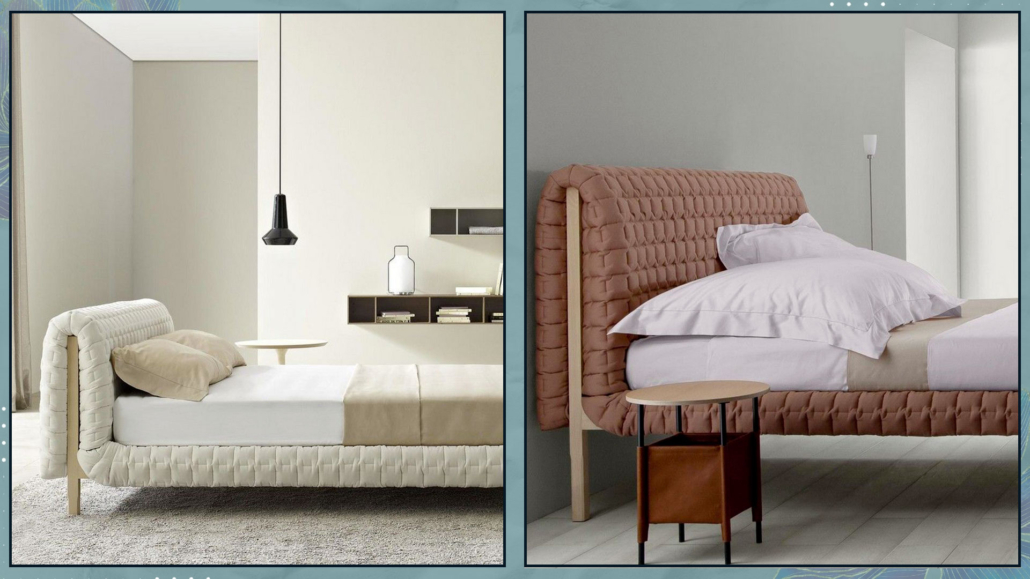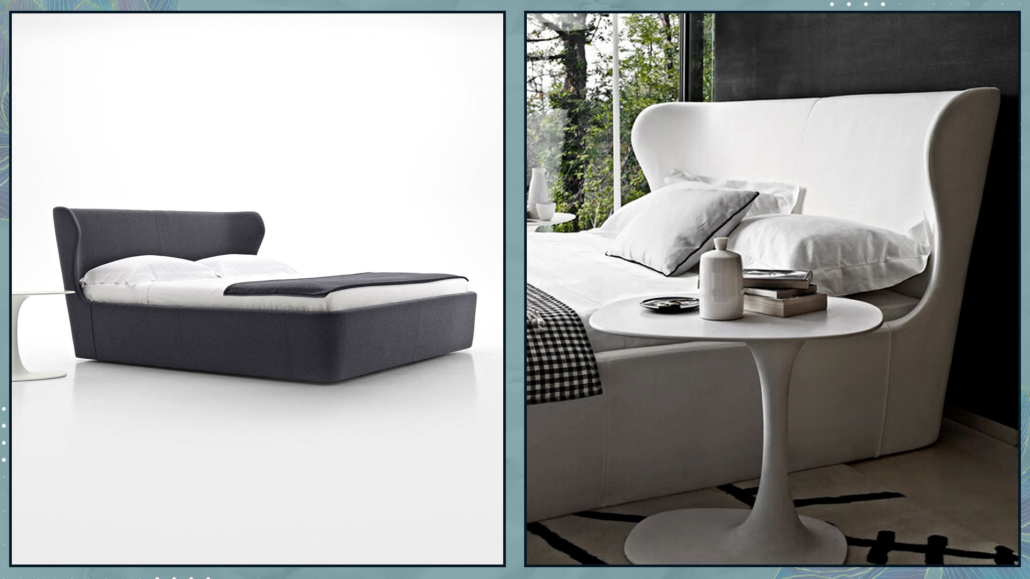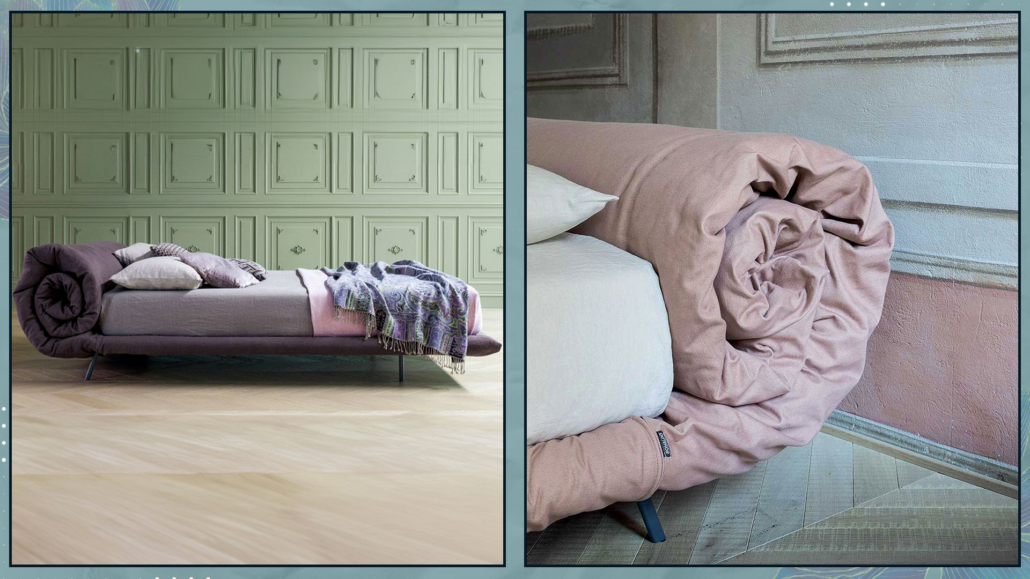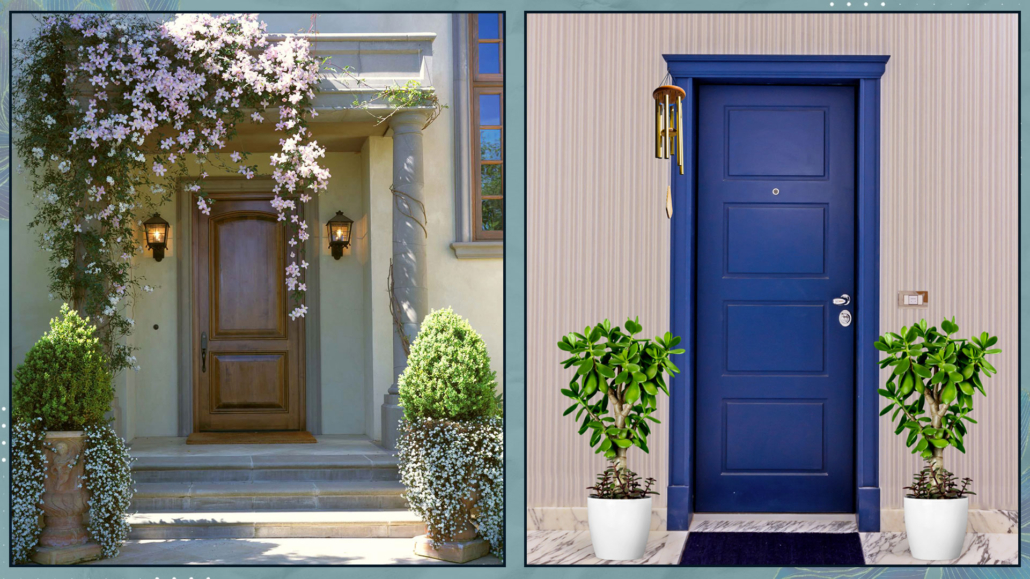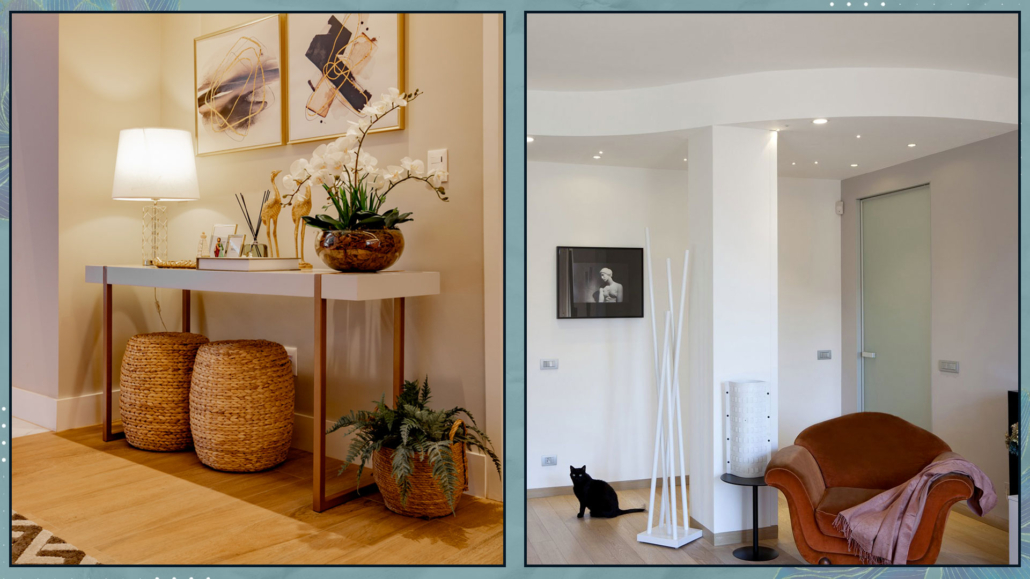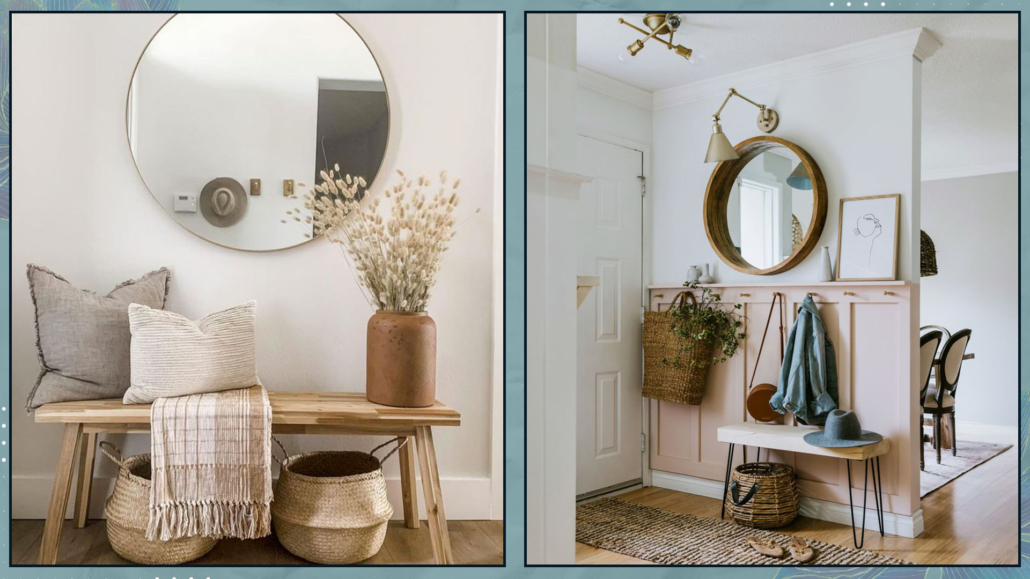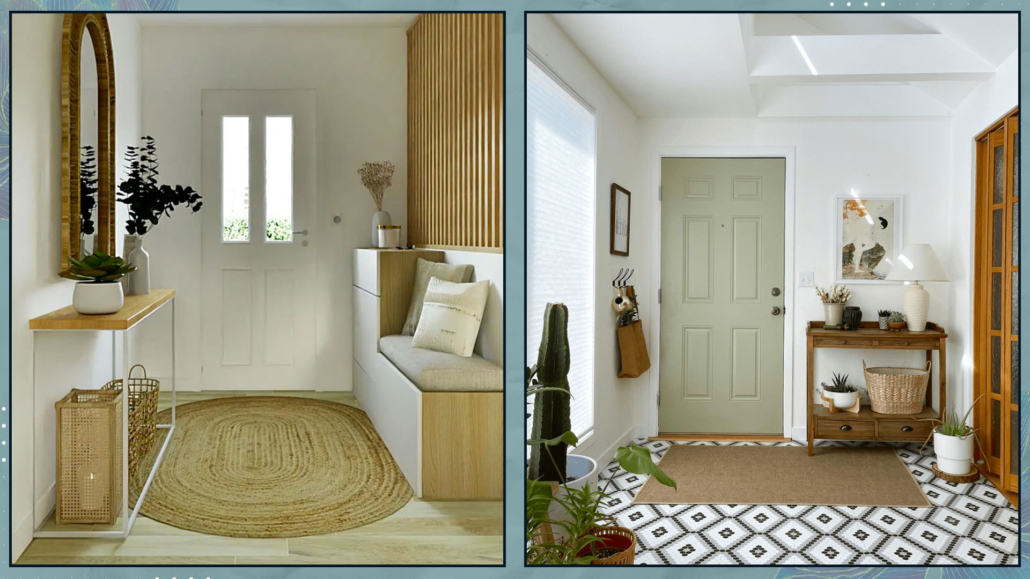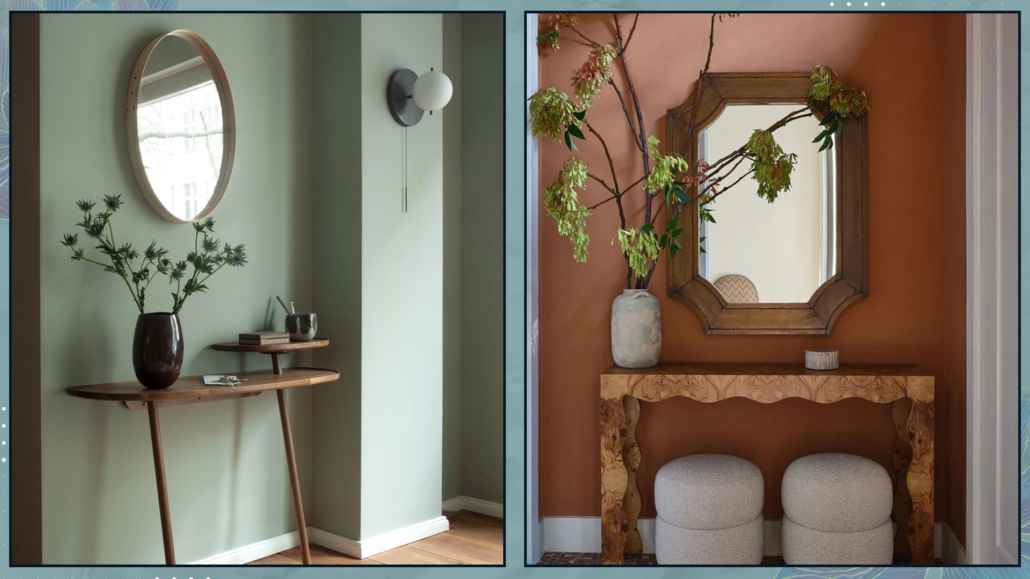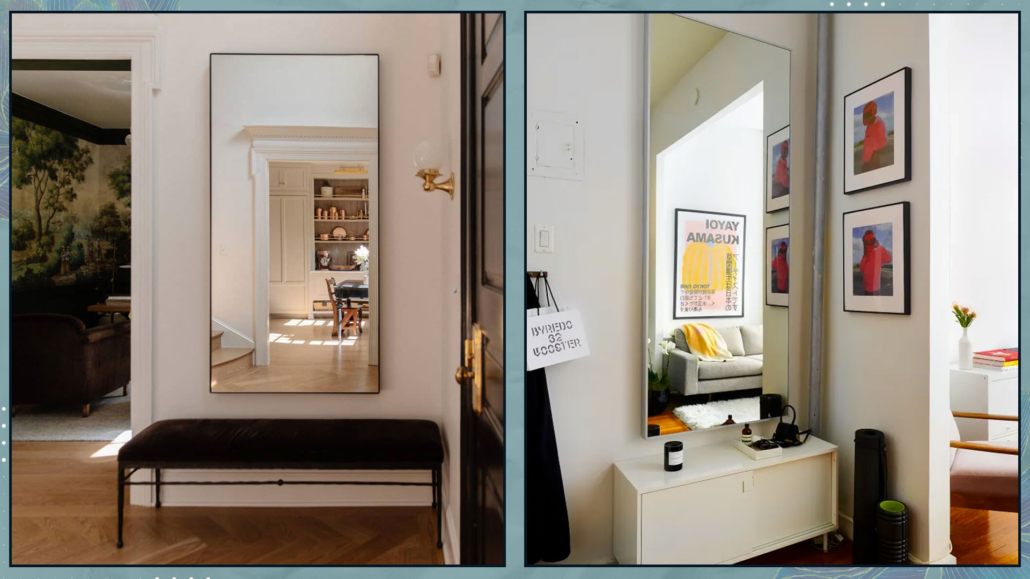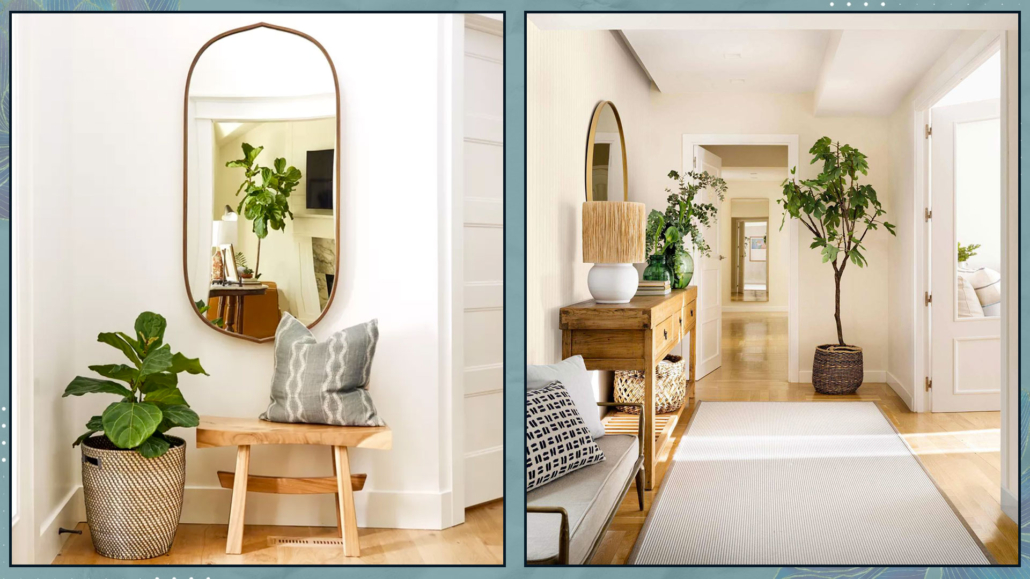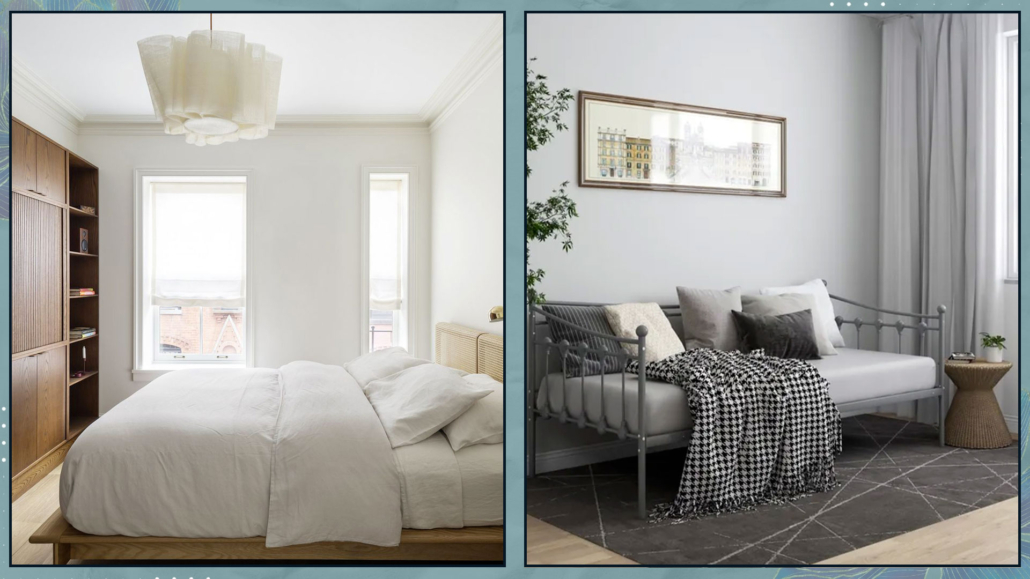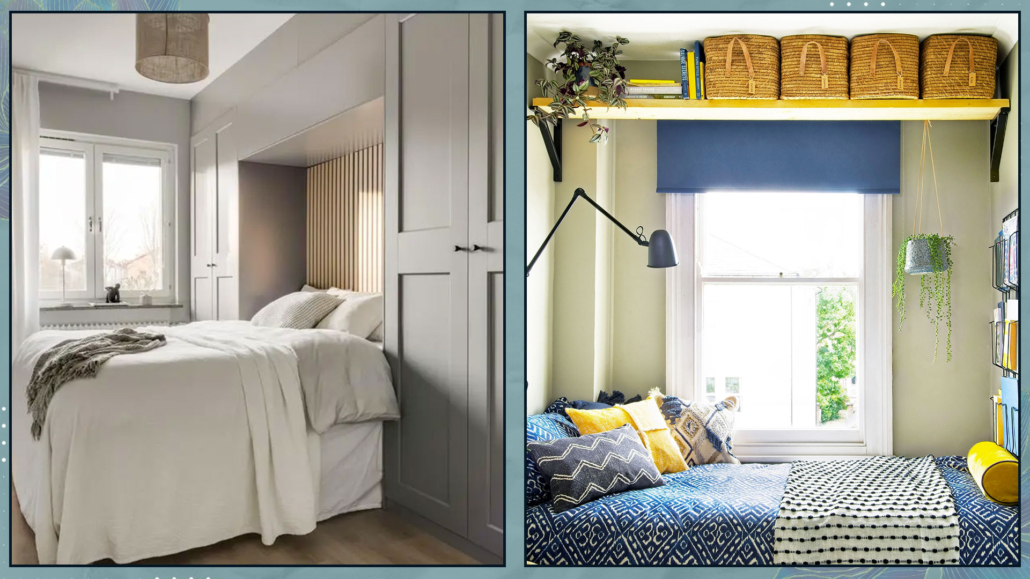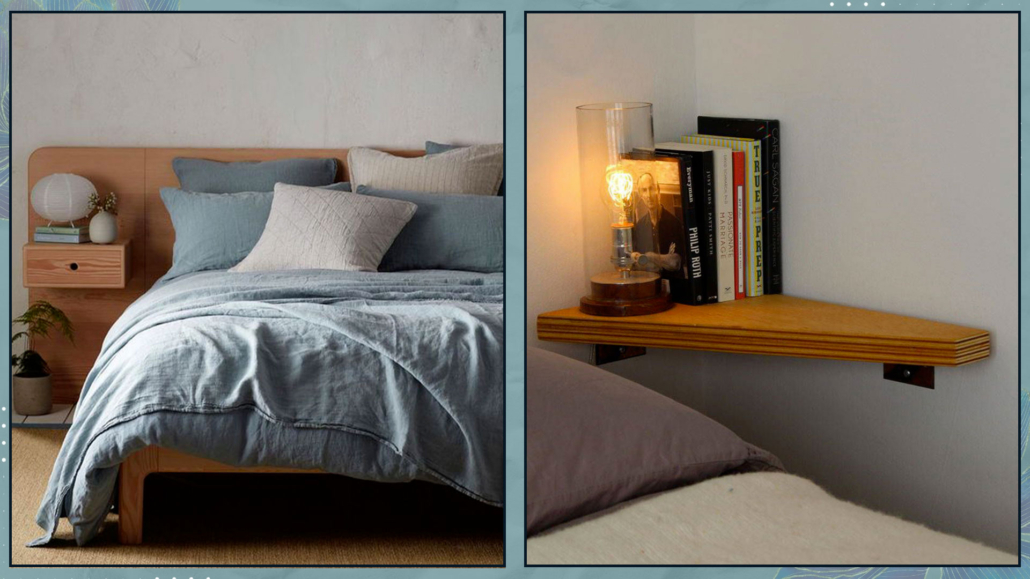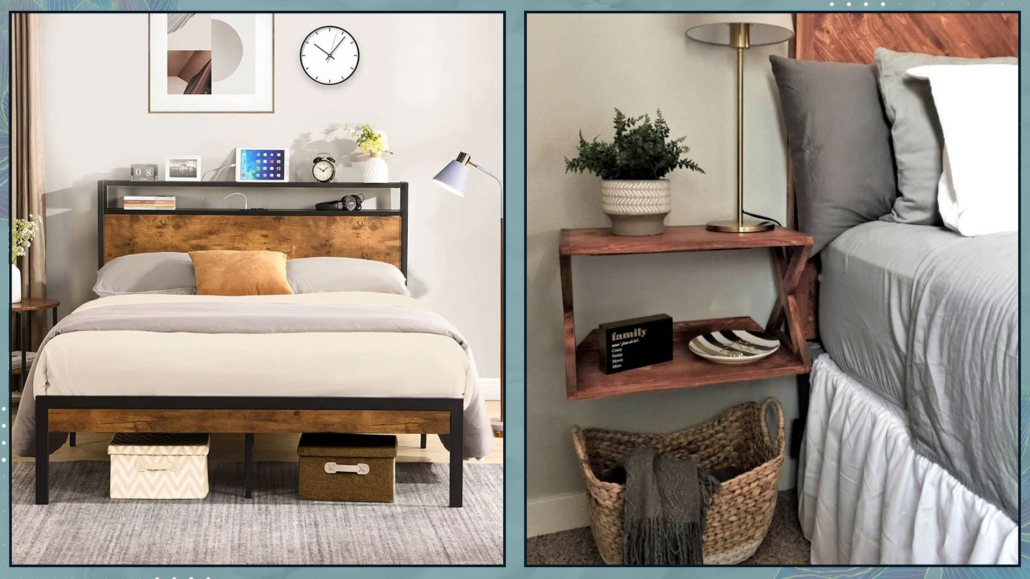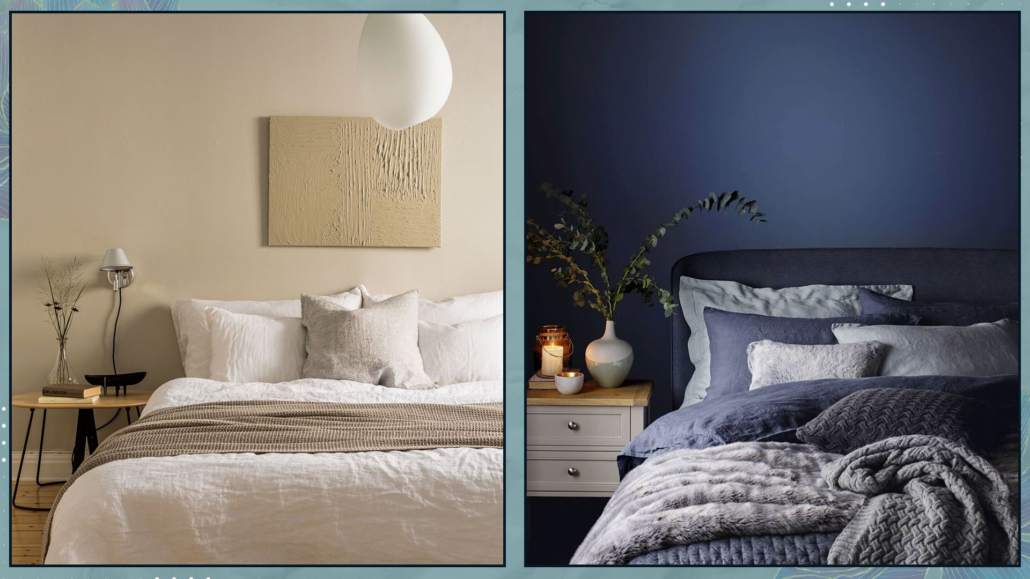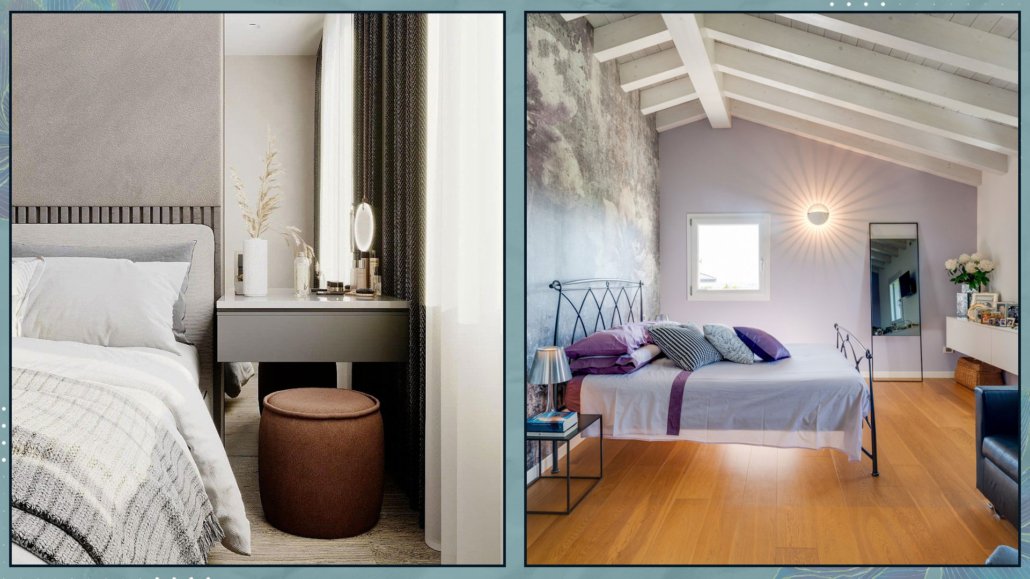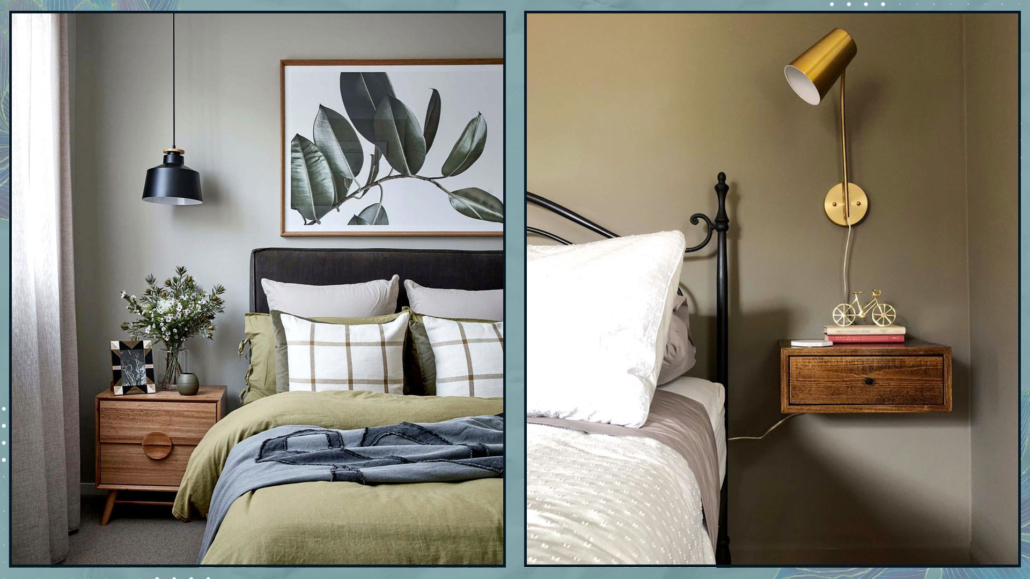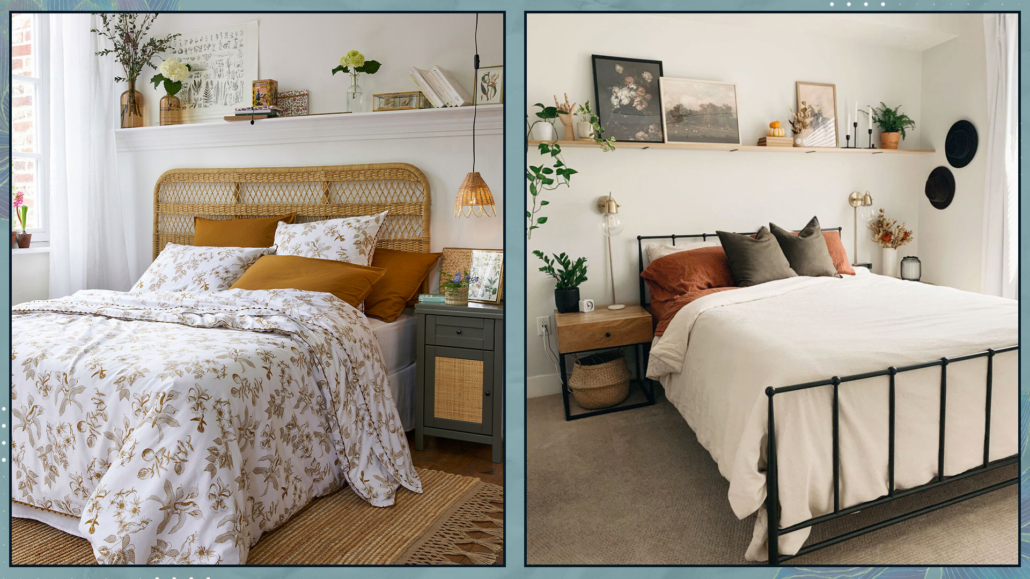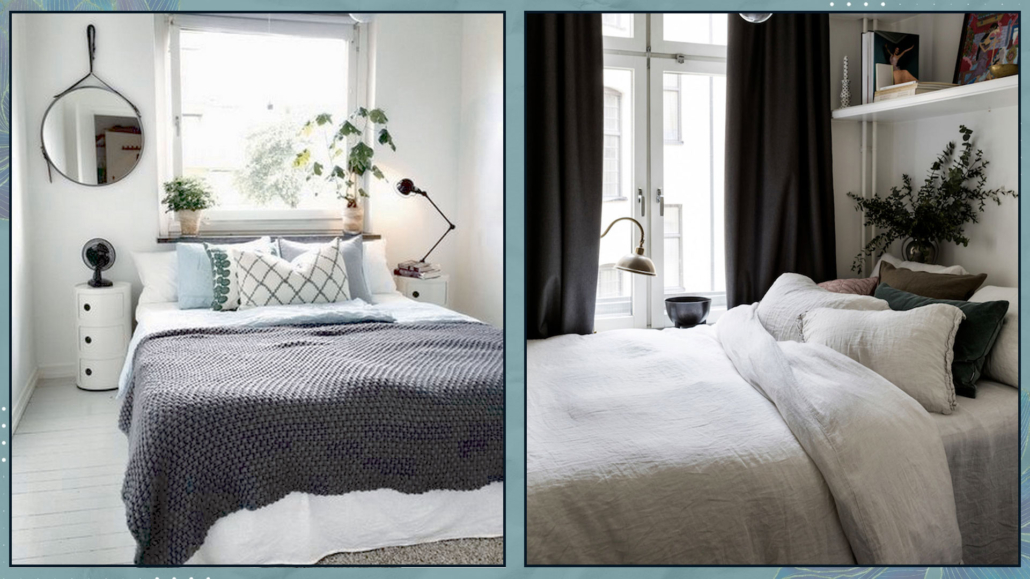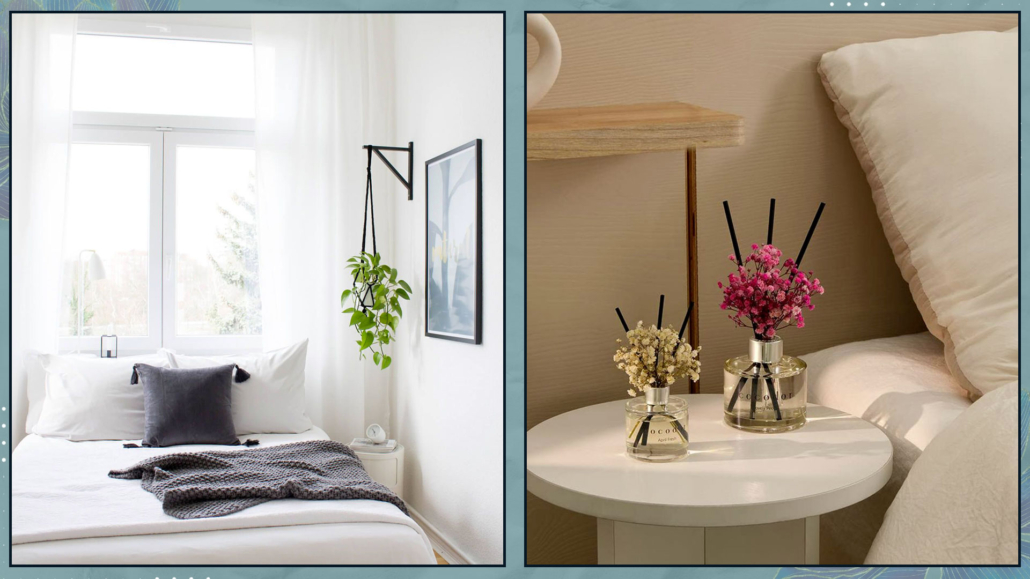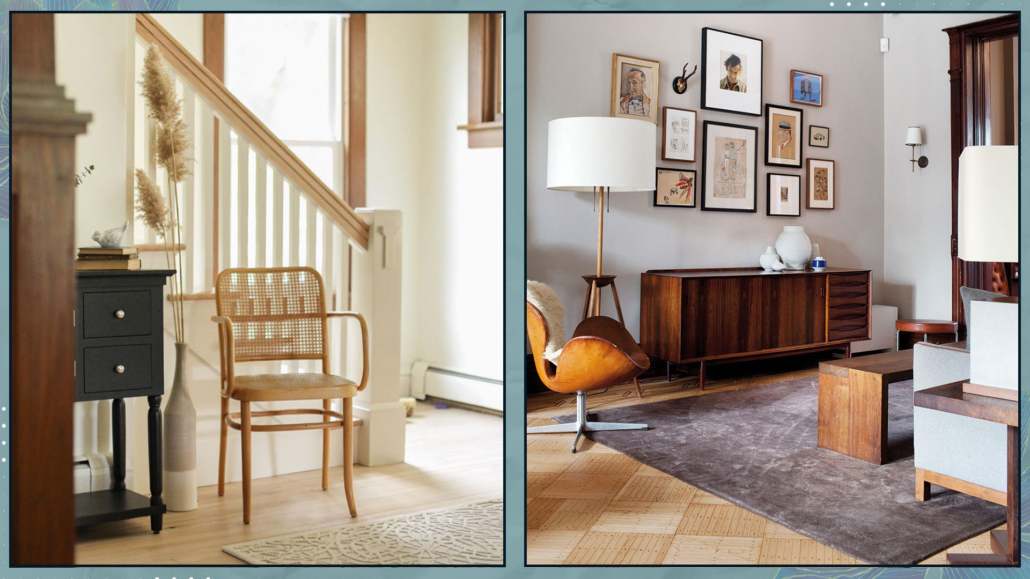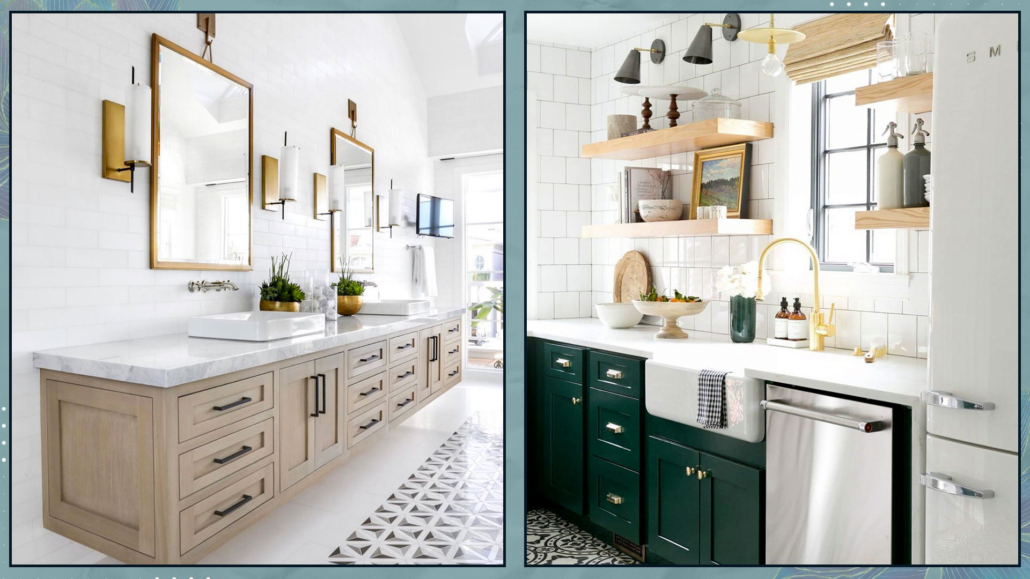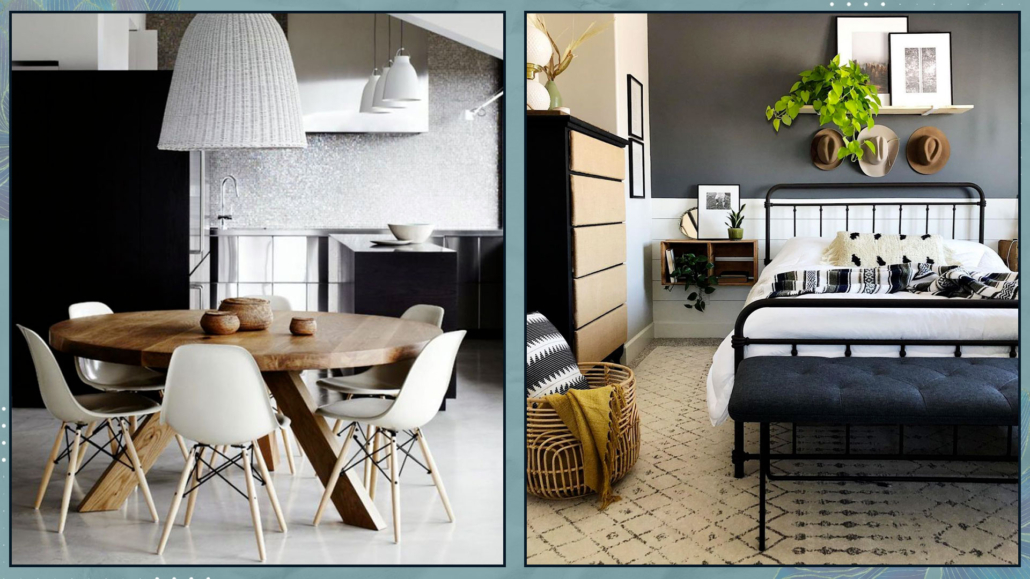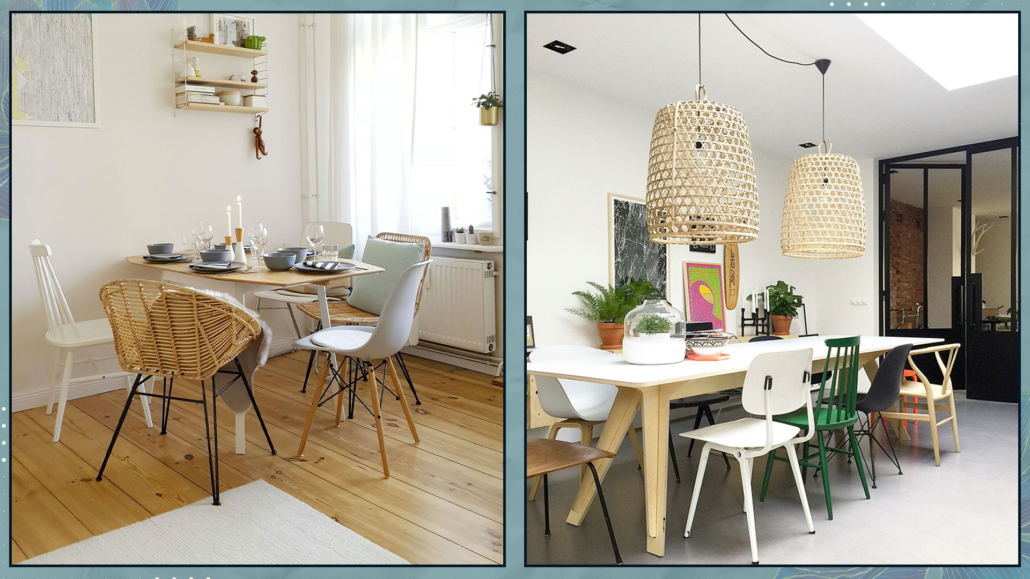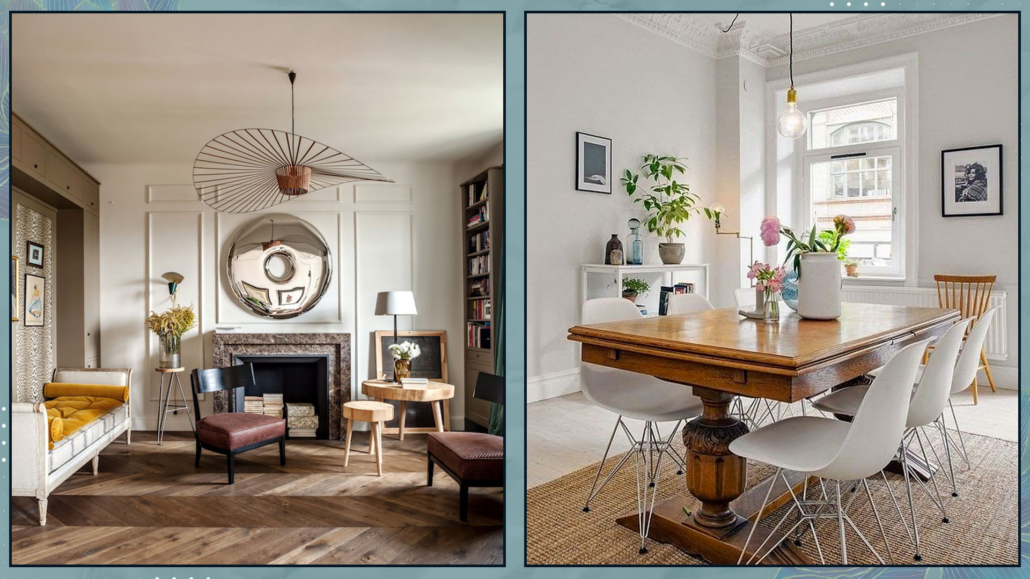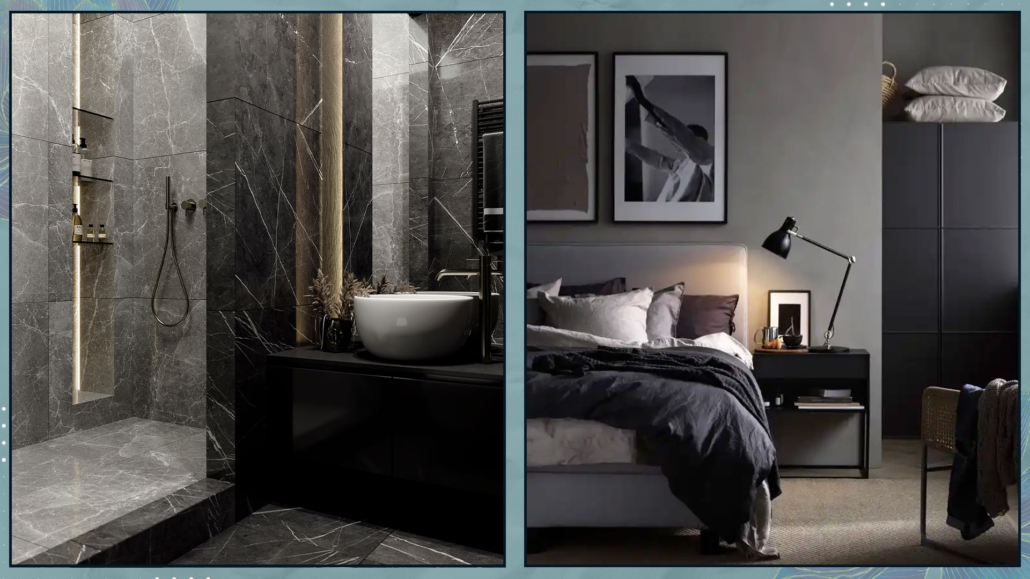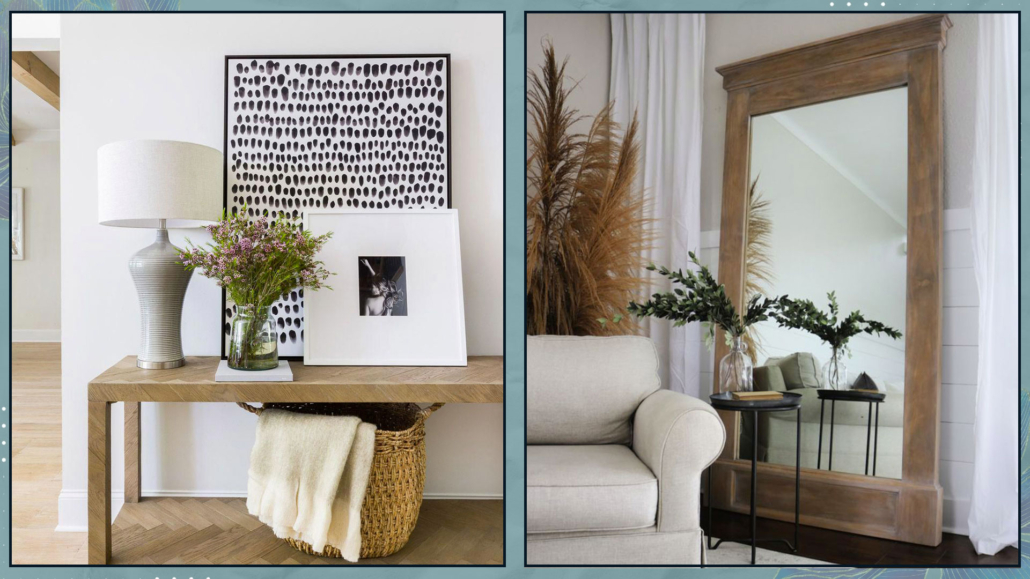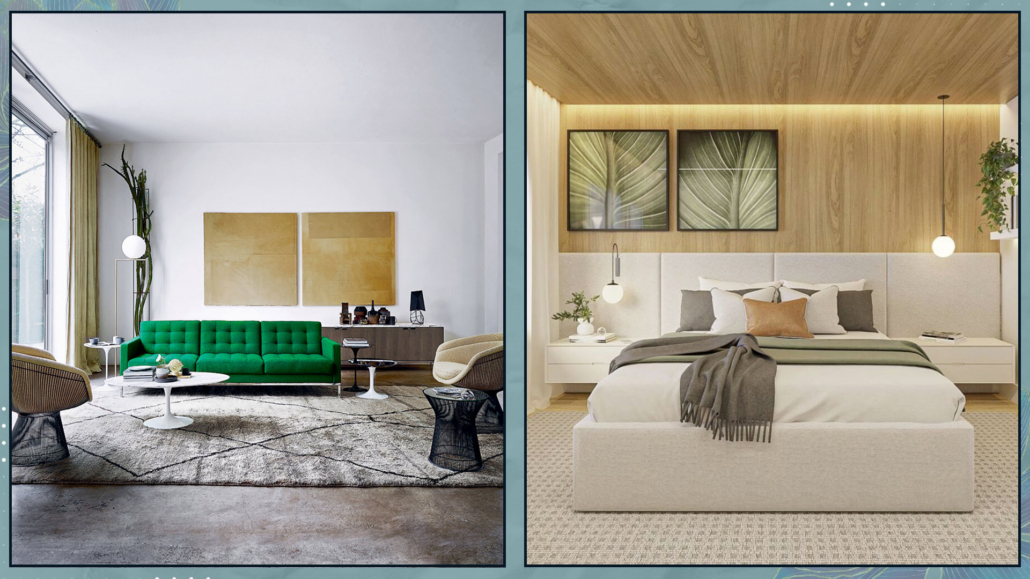Is minimalism the key to a happy life?
I don’t know how social media algorithms work, but lately, I have seen countless profiles and channels promoting minimalism as the ultimate path to fulfillment.
I also notice that minimalism is often mistaken for decluttering!
After thinking about it, I have decided to share my take on the topic.
First, let’s define these two concepts:
– Minimalism is a lifestyle philosophy based on “less is more.”
It promotes owning fewer things and focusing on the essentials.
– Decluttering, on the other hand, is a process based on removing unnecessary, broken, or unwanted items that take up space.
A classic example is clothing in your closet:
– A minimalist might choose to own just a few versatile pieces that can be mixed and matched to create different outfits.
– Someone practicing decluttering might get rid of clothes that no longer fit, are damaged, or are no longer liked, to make room for new ones!
Getting rid of things that are no longer useful or no longer bring joy doesn’t necessarily mean owning less, but it helps create more organized spaces!
The goal is not to own less at all costs but to remove the unnecessary to highlight what is helpful and meaningful.
One should use it to improve spaces and their organization, with the freedom to decide what to eliminate based on one’s lifestyle.
Let me give another example:
You love cooking, but finding the needed tools becomes a hassle because mixed in with things you don’t use.
That probably kills your motivation or at least takes away some of the fun of the process.
If you remove duplicates, broken items, and things you no longer use, you’ll make room for more helpful things and might even optimize your organization.
HAVING LESS VS HAVING USEFUL AND MEANINGFUL THINGS
It’s important to occasionally inspect your spaces and go through your belongings because it allows you to sort through and get rid of what no longer serves a purpose, for one reason or another.
It’s also a great thing energetically: so many accumulated and unused things can create stagnant energy.
Minimalism is often “promoted” because owning less is supposed to bring more mental clarity and promote a simpler, more balanced life by reducing anxiety and stress.
That is undoubtedly true for some, but not for everyone!
Having less doesn’t automatically equate to a happier life; the key is to surround yourself with things that enrich your life.
Instead of focusing on having less, we should focus on having things that serve a helpful purpose and hold meaning.
Things that represent us and make us feel good!
What matters is not the quantity of items we own but their significance.
Let me give another example: you love reading and have a bookshelf full of books.
Many minimalists could suggest removing most of them and switching to e-books to save space.
But if books are important to you, and you love flipping through them, why would you throw them away?
At most, I would suggest giving away books that you didn’t enjoy and will never pick up again.
Or, if you have switched genres (from mystery to science fiction, for instance), you could thin out the books from the genre you no longer read, keeping only the ones you particularly enjoyed.
But this is not about having fewer books; it’s about making space for new ones!
IS HAVING LESS NECESSARY TO HAVE ORDER?
One advantage of minimalism is that cleaning and keeping things organized is undoubtedly more straightforward.
And it’s scientifically proven that living in an organized environment reduces stress.
However, even here, it’s not true that having many things automatically means being disorganized!
With good space organization, everything could be absolutely in its place!
I’ll also digress on organization because it gets talked about a lot, with beautiful solutions that look great but aren’t always practical for everyone!
The example I often use is the kitchen pantry: having a jar for everything is undoubtedly beautiful to see, but it takes time to transfer everything each time you go shopping!
Organization should primarily be practical—if it becomes a nightmare, we’ll quickly give up!
Returning to minimalism, it is not a lifestyle philosophy that works for everyone.
A home with only the essentials might feel lifeless to some.
LISTEN TO YOURSELF
What’s important is listening to ourselves, understanding what makes us feel good, and living surrounded by what we love and what represents us.
It’s also important to acknowledge and embrace personal change and reflect it in the environment we live in, letting go of things that no longer represent us.
But, I repeat, not so much to have less, but to make space for what truly represents us now!
To conclude, just as it is harmful to decorate according to current trends in styles and colors, it is equally detrimental to follow those trends when it comes to life philosophy.
There is no right or wrong—there is you and what’s right or wrong for you.
If it is not for you, following minimalism at all costs might have the opposite effect and cause more stress instead of bringing well-being!
So, you don’t have to get rid of half your house—become aware of what you have and keep what makes you feel good!
I hope you enjoyed this article and found it helpful.
If so, don’t hesitate to share it with someone you think might be interested; I would be honored, and it will help me get known.
If you feel that your home, or any part of it, doesn’t reflect you enough, don’t wait any longer: fall in love with your place again and book your consultancy!
